Hej guys, this is already my second semester here in Uppsala; time literally flies! As time goes by, I become more and more into amazing Swedish cuisine. Luckily, Swedish people are very friendly and they like teaching anything about their culture. So, I have been sticking around my Swedish friends to learn some new recipes. Köttbullar (Swedish Meatballs) was my favorite until one of my Swedish friends told me about Smörgåstårta (Sandwich Cake) last week!
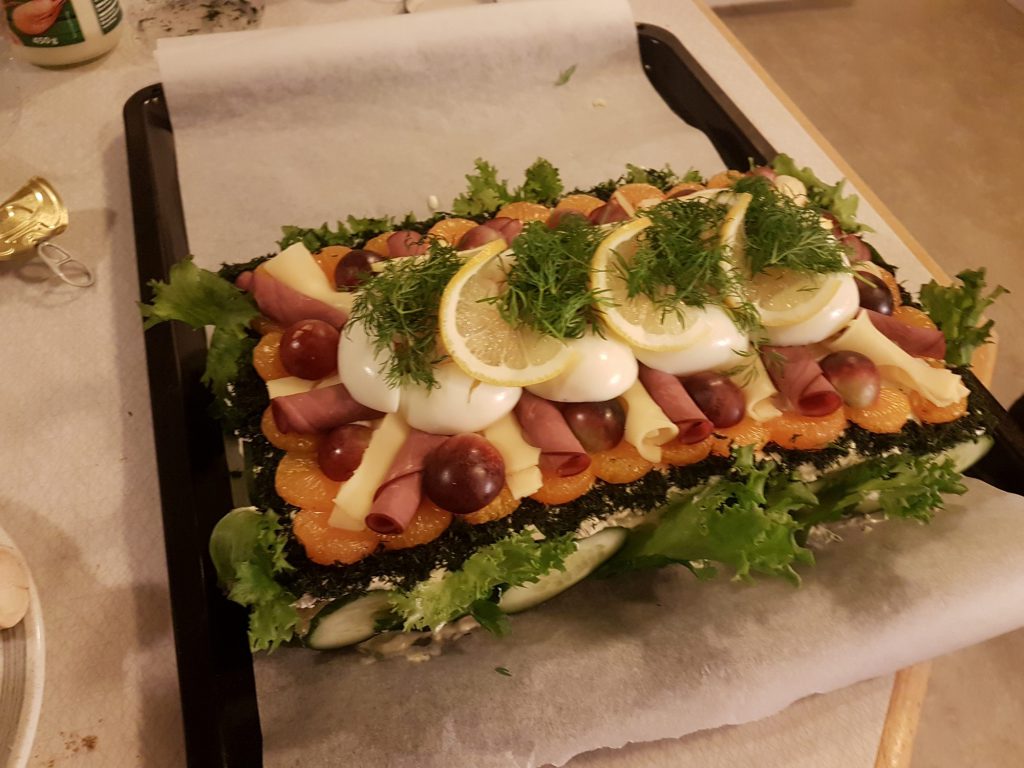
As is evident from its name, it is a sandwich shaped like a cake! And yes, it’s a big thing in Sweden. Although Swedish people highly care about “living a healthy life,” they think that it is okay going extremes occasionally. The Swedish way of living is all about balancing everything in life; not much or not less just lagom (enough) of everything ?
People mostly prefer eating Smörgåstårta is at celebrations such as birthday or Midsummer. I also think that I might be a nice snack for a Eurovision party which is coming soon! Basically, you just need to make a huge sandwich, then fill and decorate it with many ingredients which do not really go together ? You can find a sandwich cake with a layer of pork liver pate, salmon, prawns, roast beef and topped with ham and cheese. Confusing? Nothing can surprise me after seeing the pizza with banana on top!
If you want to go with Swedish way at home, here you can find a recipe for four to follow! Hope you will enjoy!
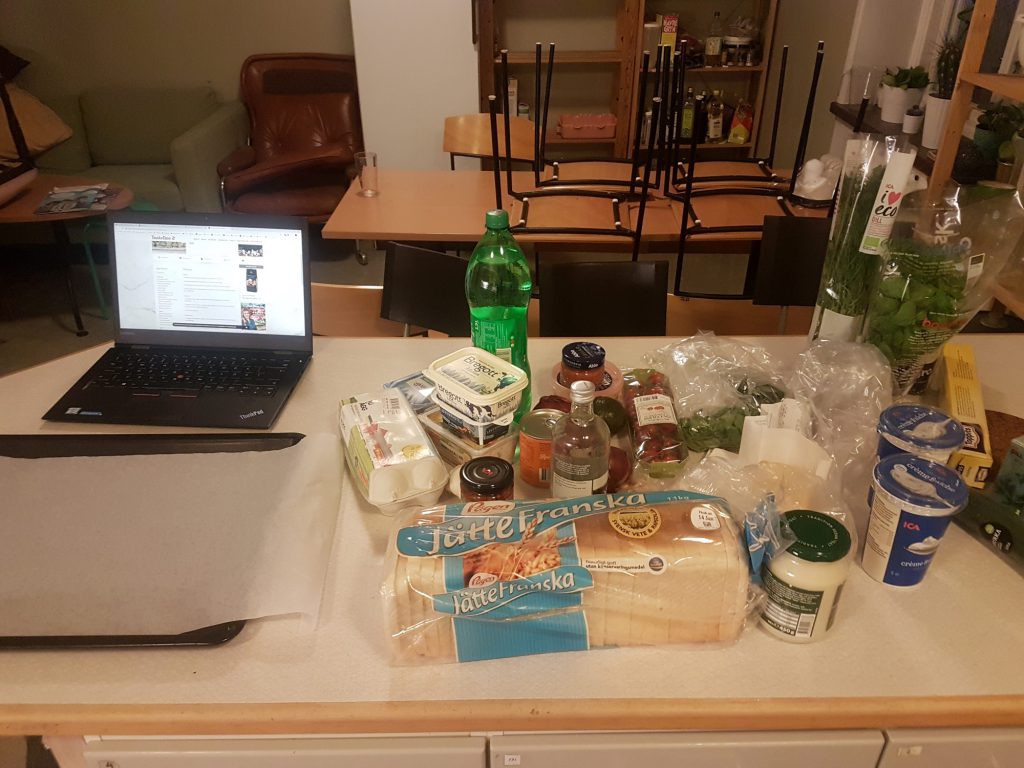
Ingredients:
- 6 slices of white English bread crust cut off
- 200 ml Skagenröra salad (mix together peeled prawns, dill, chopped chives, lemon, mayo, creme fraiche, salt, pepper – to taste)
- a tub of good quality prawn
- 200 g smoked salmon
- 1 cucumber
- fresh dill
- fresh chives
- a tub of mayonnaise
- 3 hard-boiled eggs
- Butter
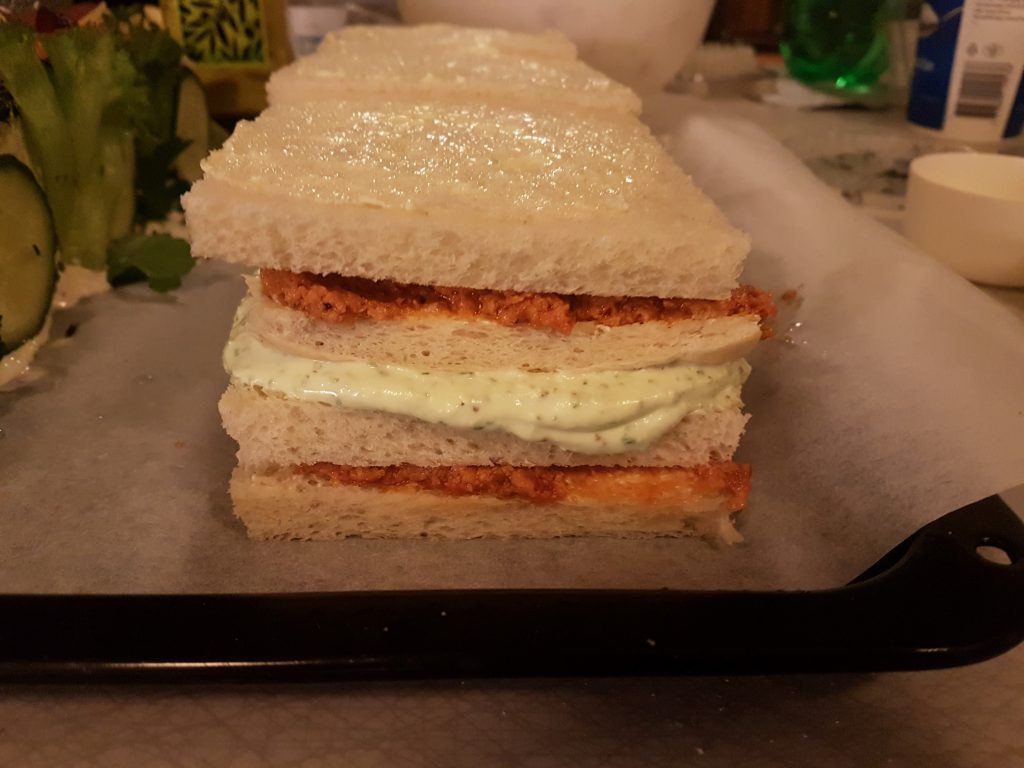
Instructions:
- Butter the bread on one side. Place two sides side by side and top with as much Skagenröra mixture as you feel. Add two slices of bread on top.
- Mash the eggs and mix with a little bit of mayonnaise and season with salt and pepper. Add to the top of the bread. Add the last two slices of bread.
- Using a pallet knife, add a thin layer of mayonnaise all around the sandwich cake. This will help the other toppings stick.
How to Decorate:
- Use slices of salmon on the top of the sandwich cake. Try to arrange in a nice pattern.
- Use a cheese slicer to cut long pieces of cucumber and use to decorate the sides.
- Once the sides are looking neat, you can decorate the top.You can add basically whatever you want. Swedish people mostly add some Skagenröra on top and then add loads of prawns and sprigs of dill.
- Remember to refrigerate before eating.
You can watch the recipe to here!
P.S: If you don’t have time to make your own, you can find it in bakery or even ICA has it sometimes.

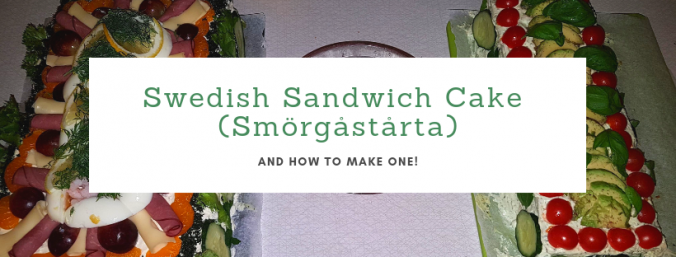
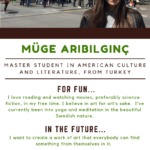
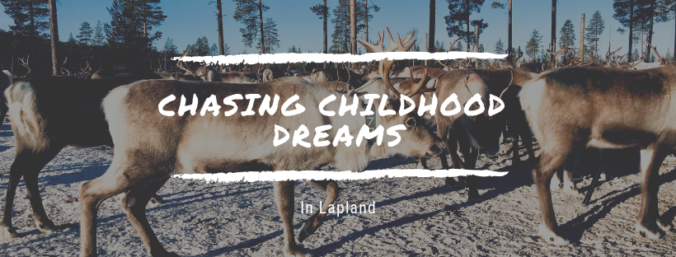
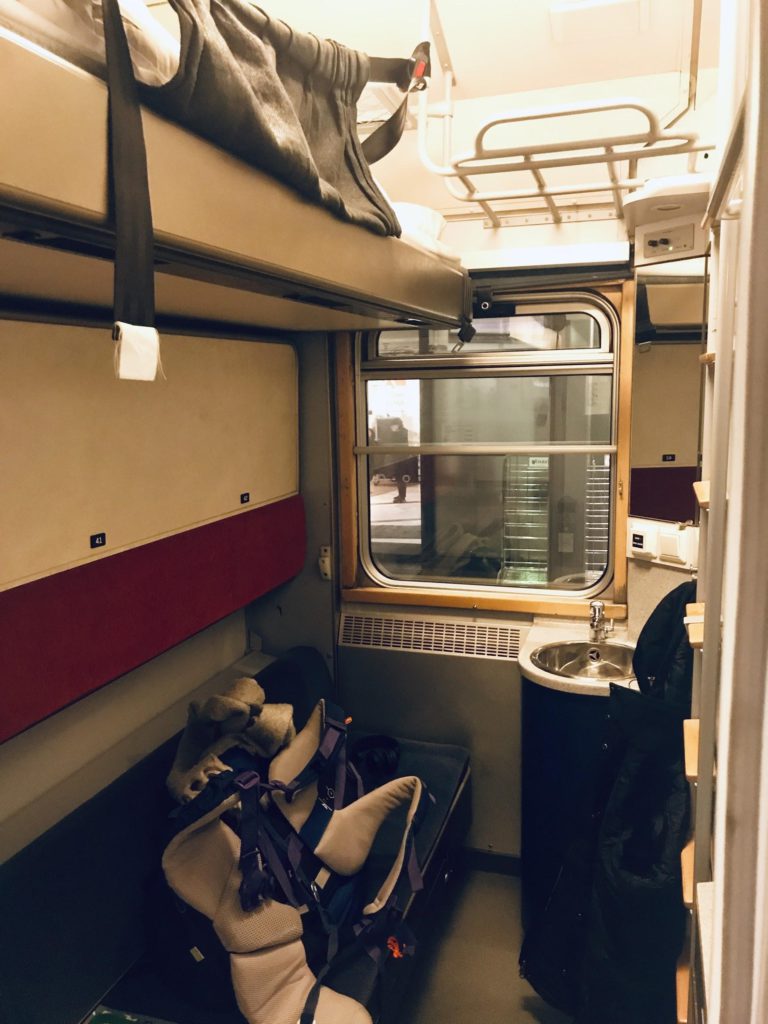
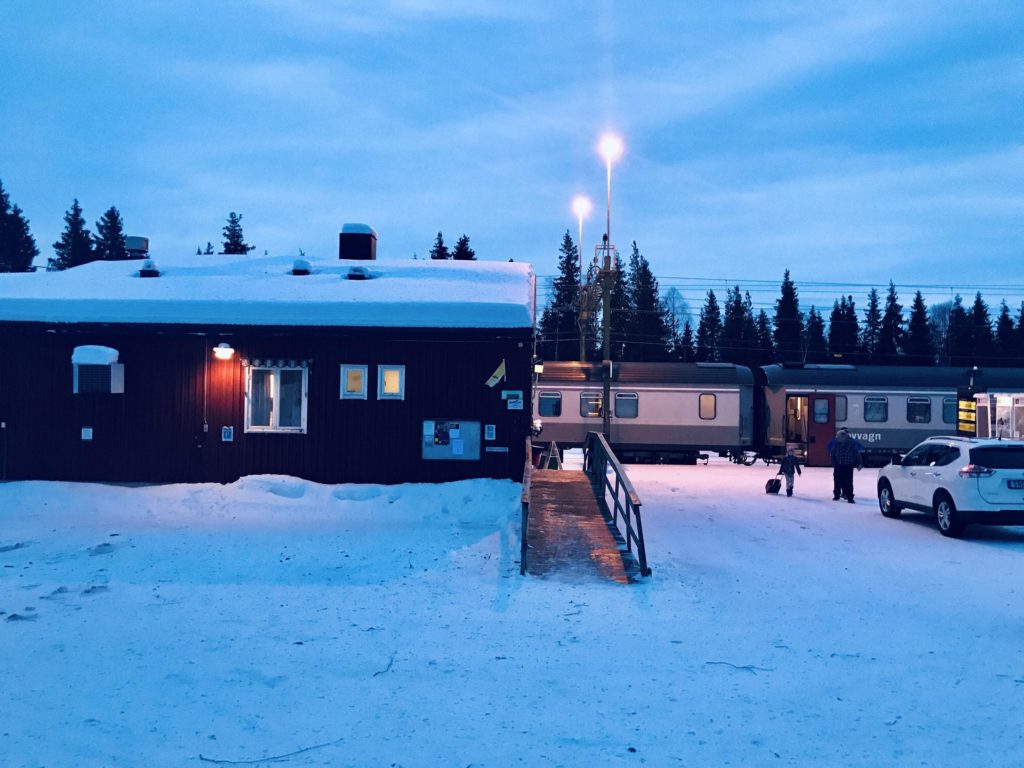
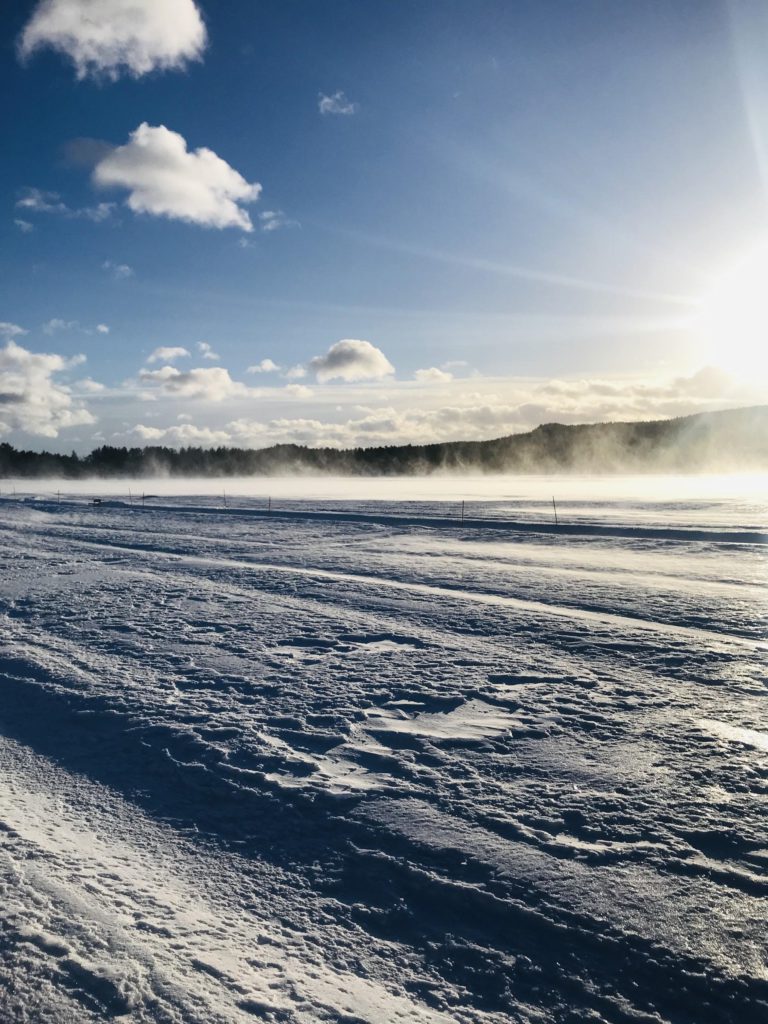
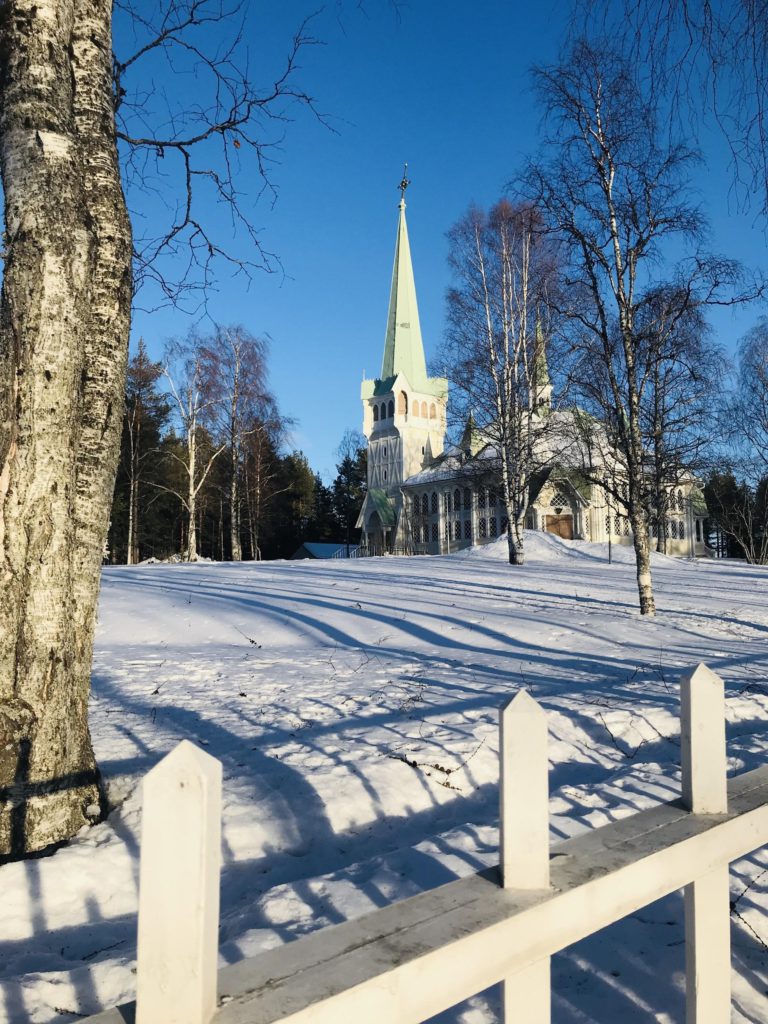
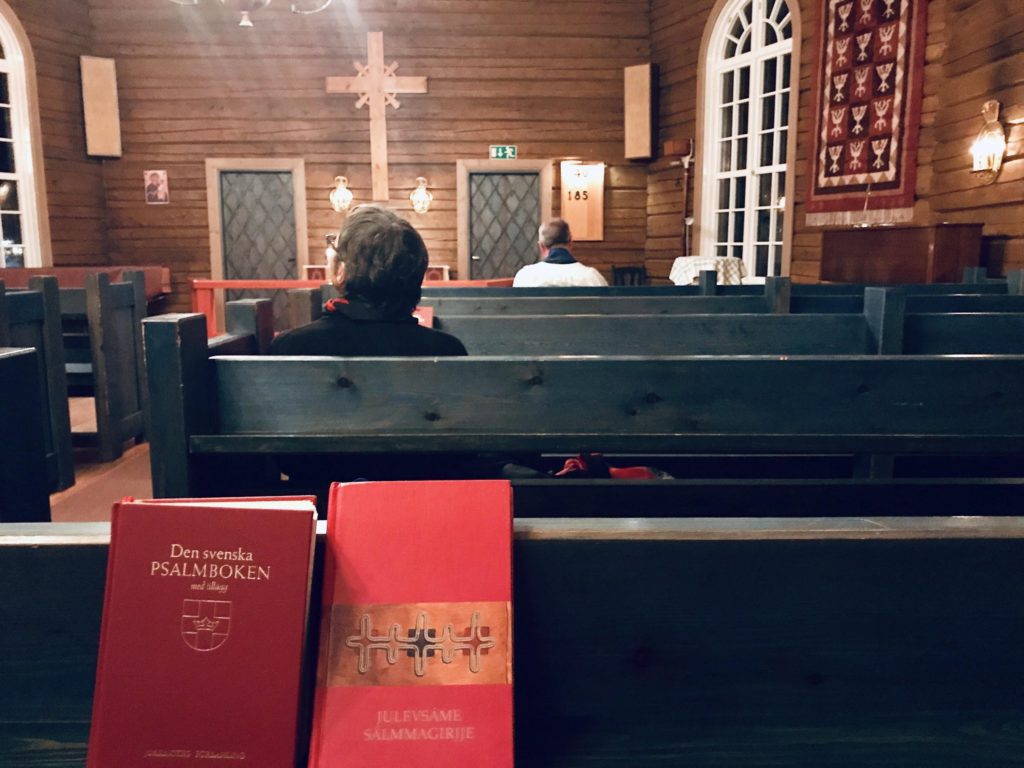
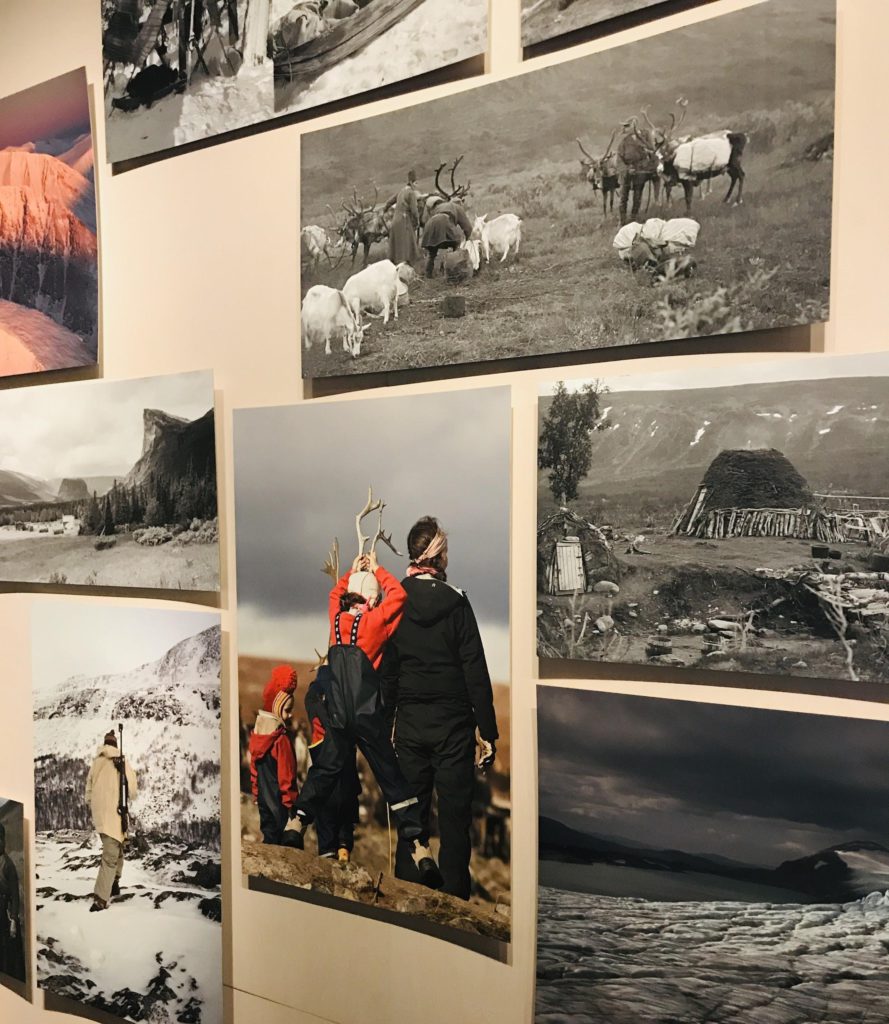
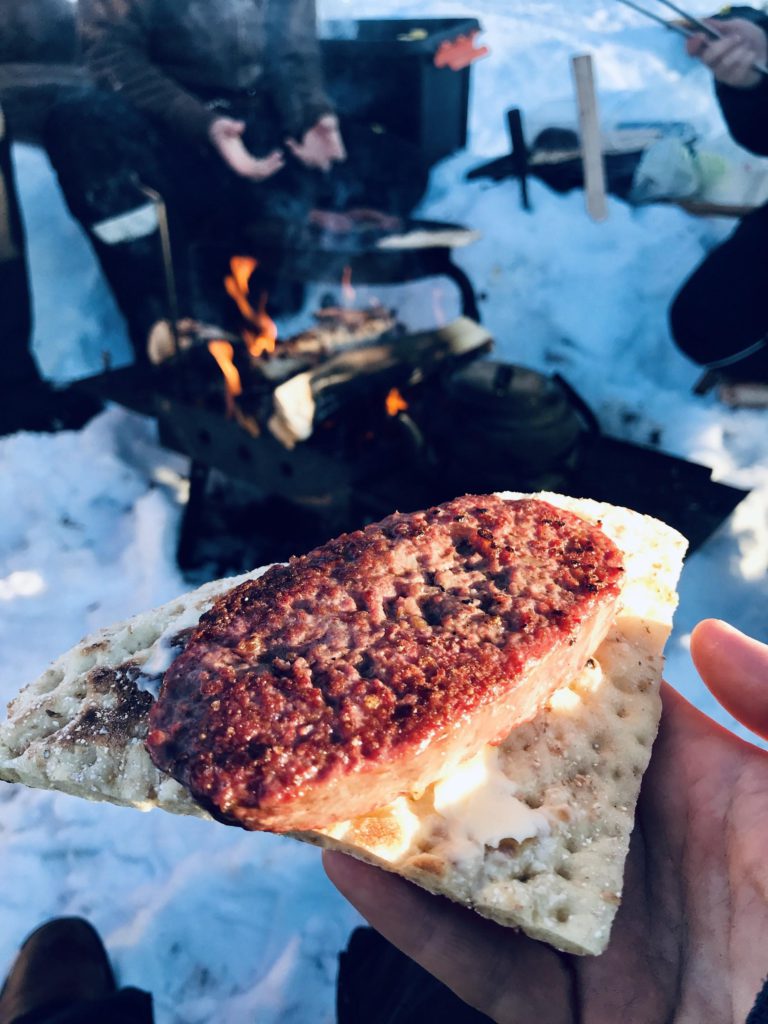
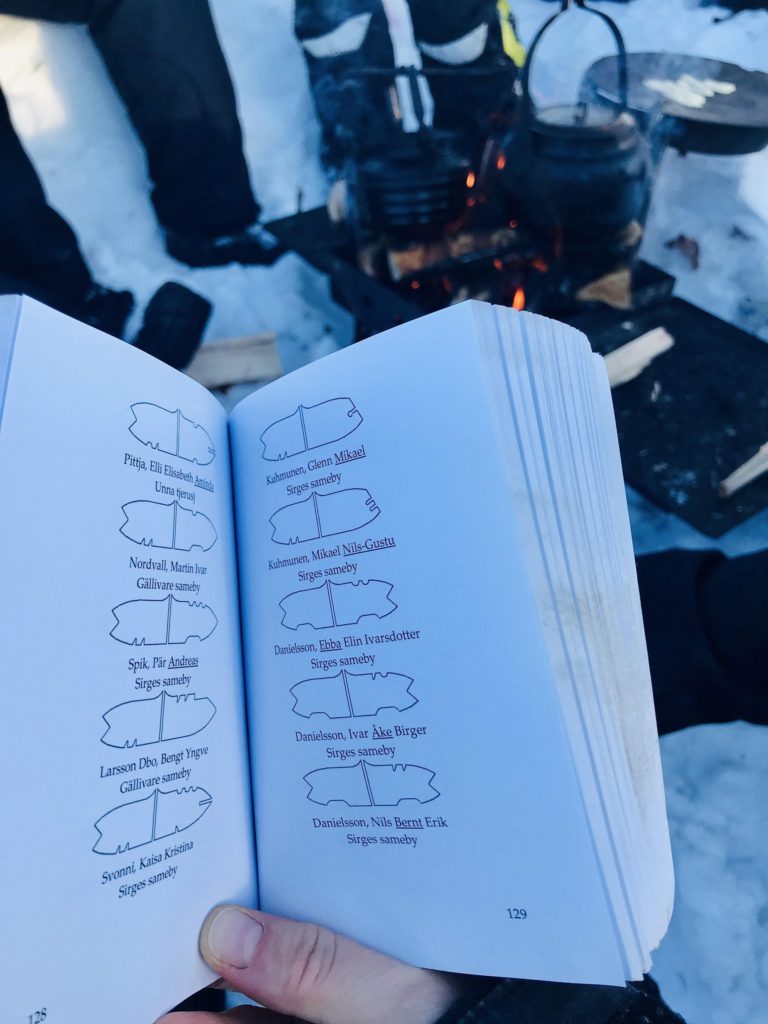
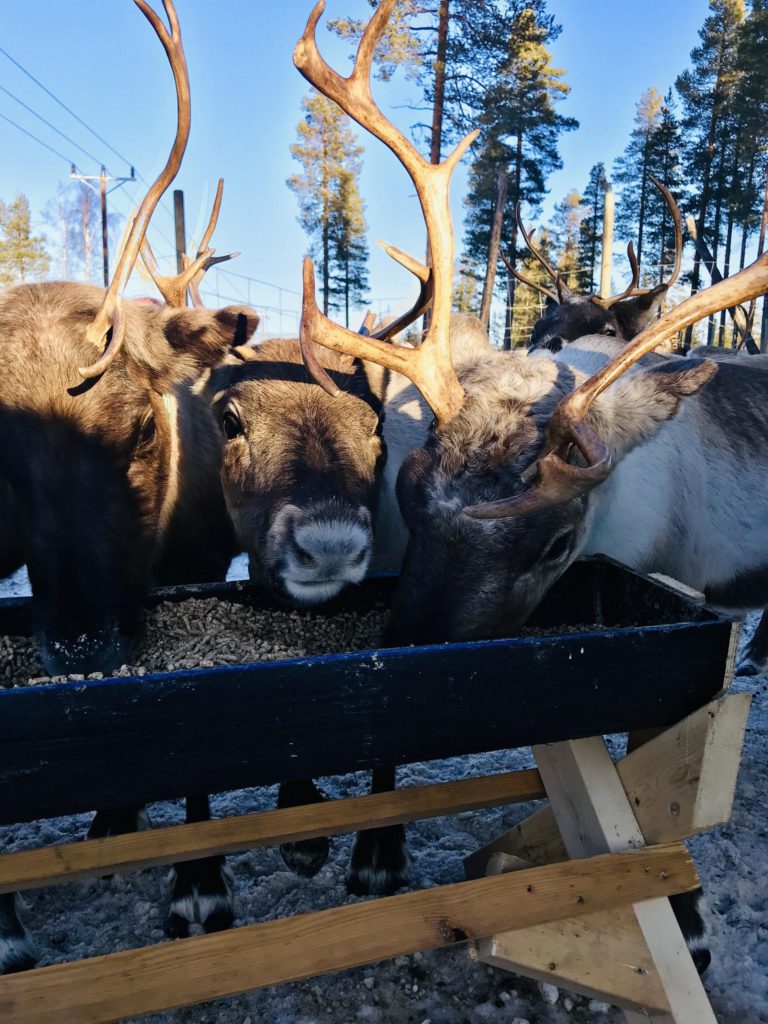
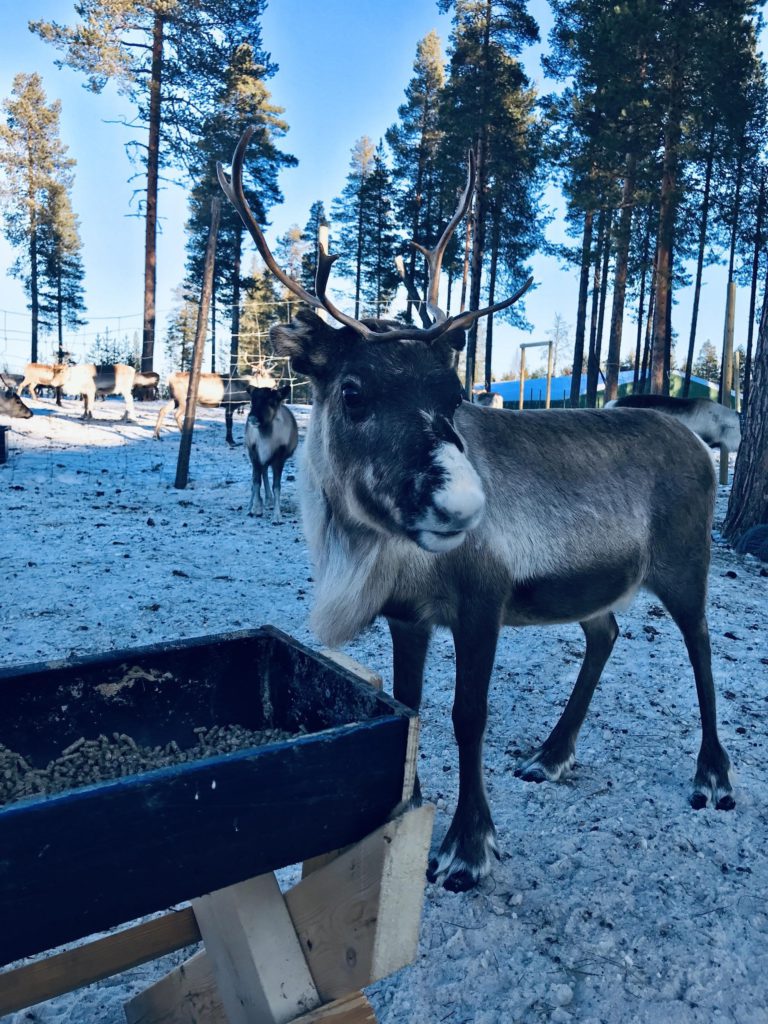
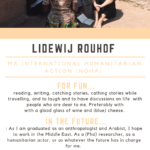
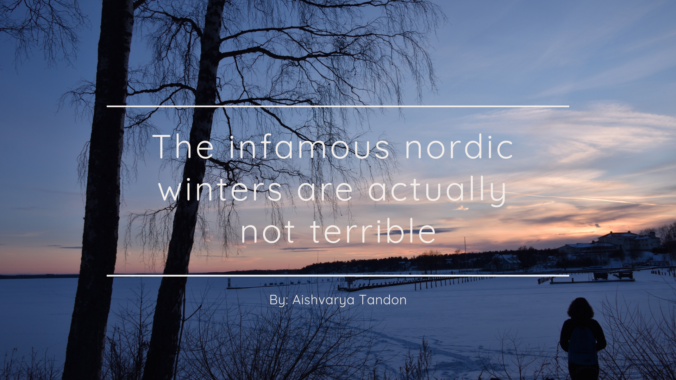
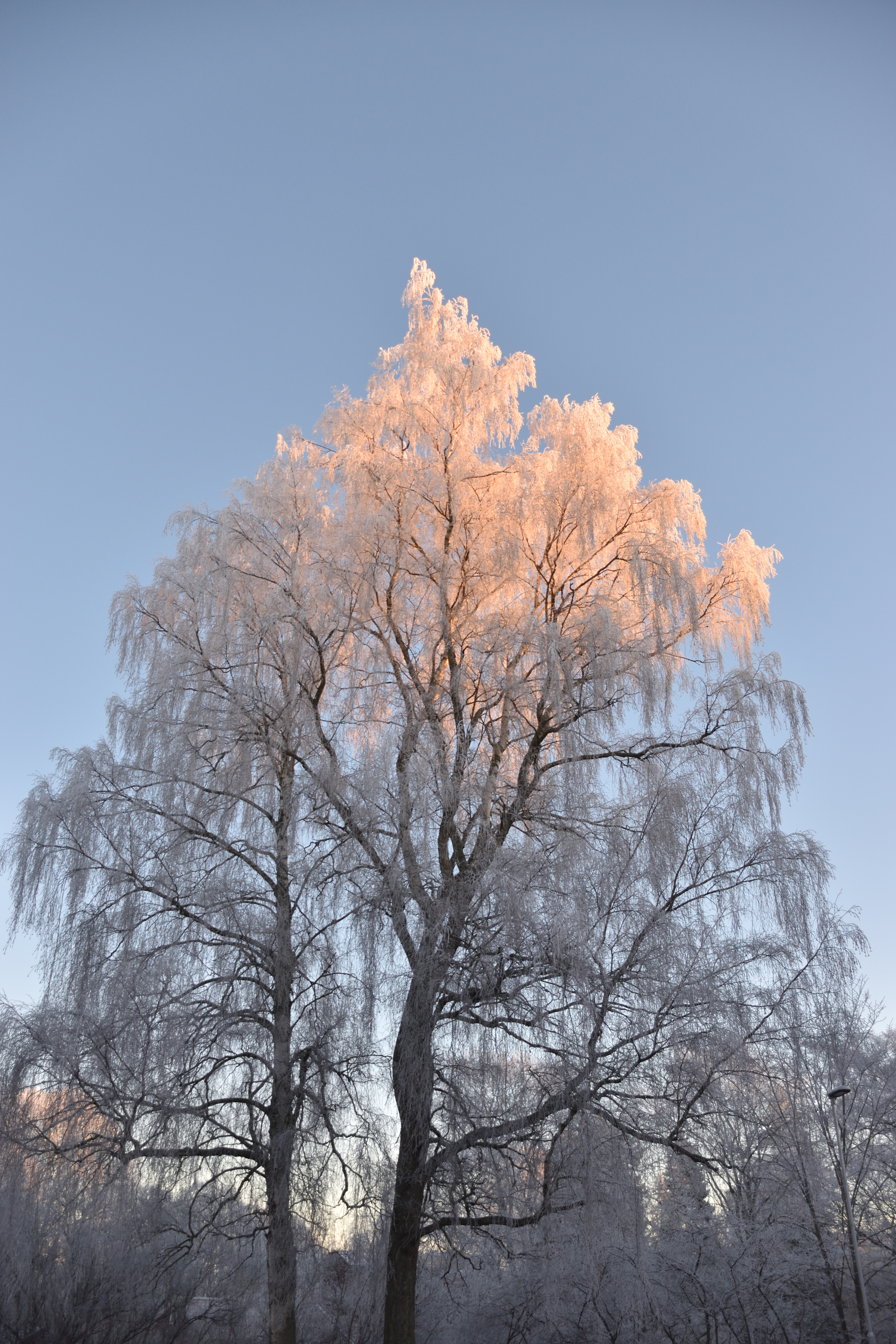
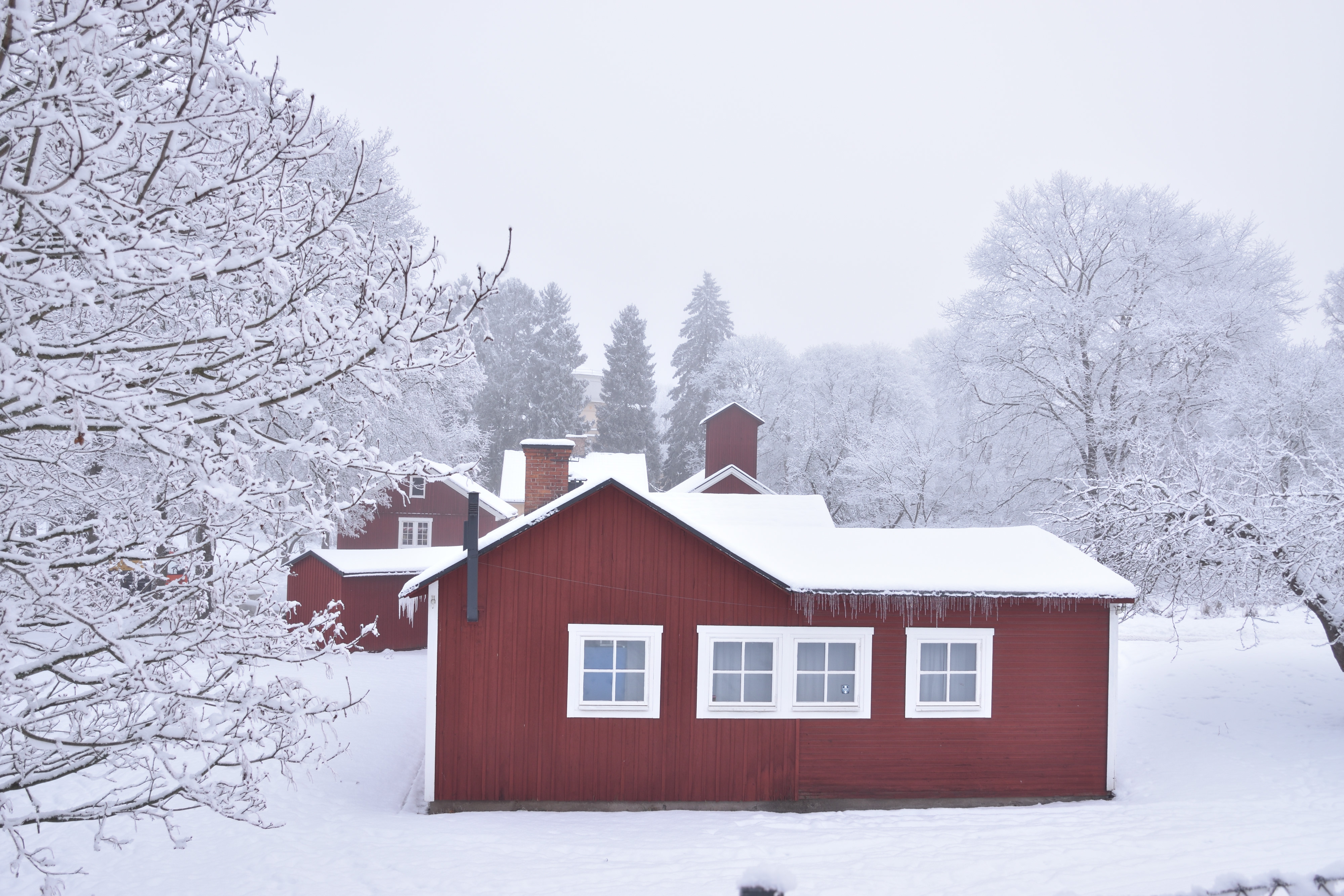
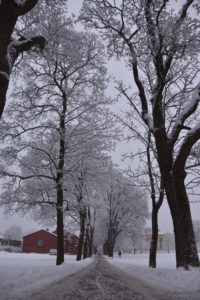
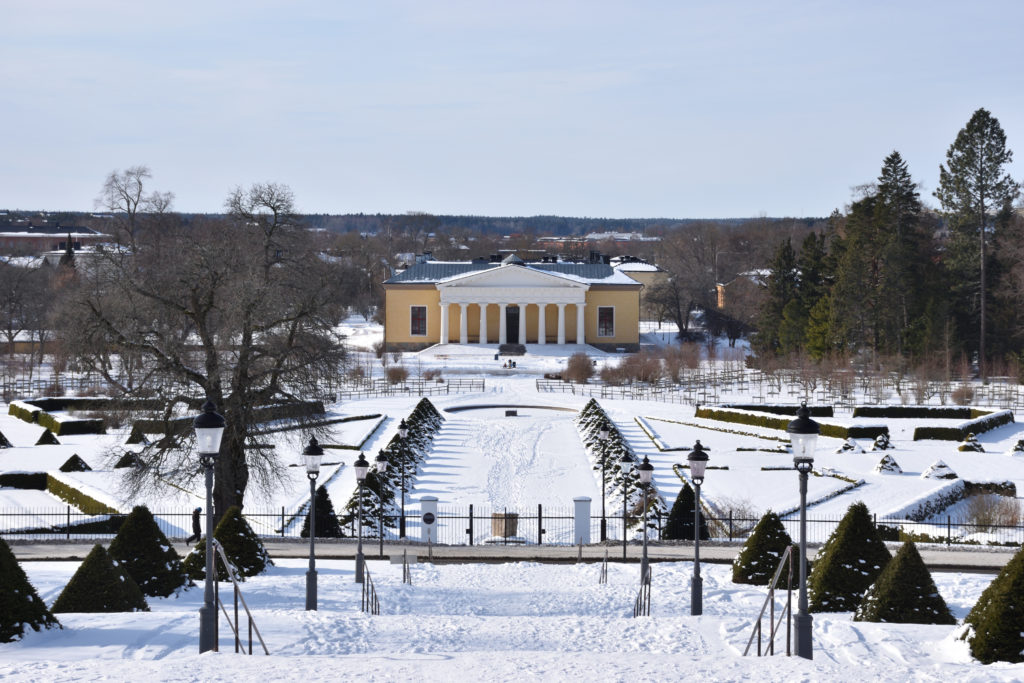
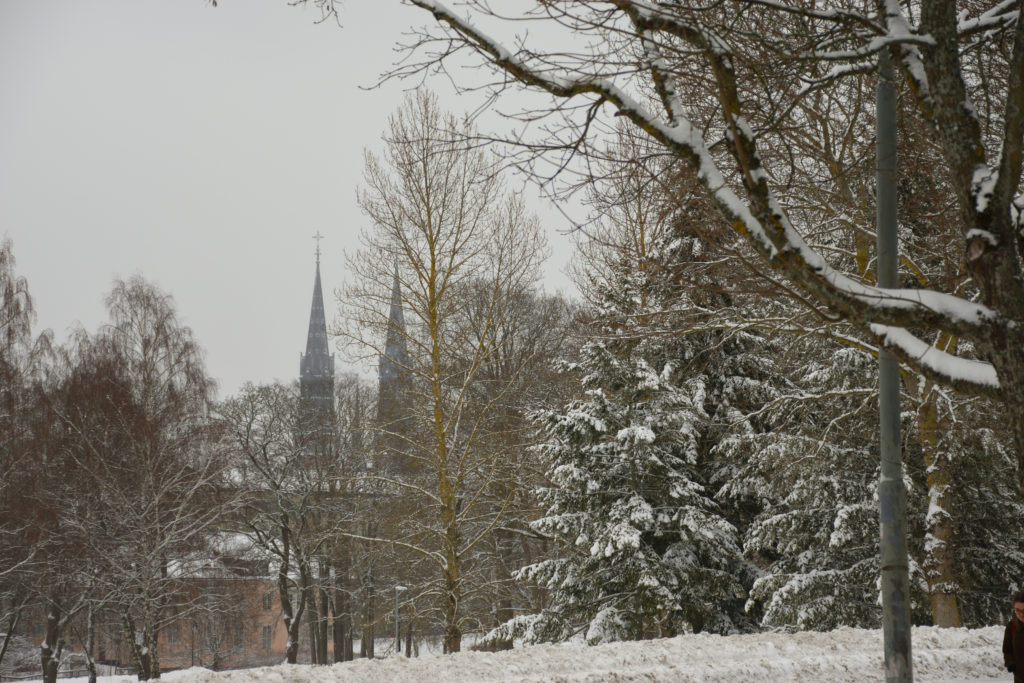
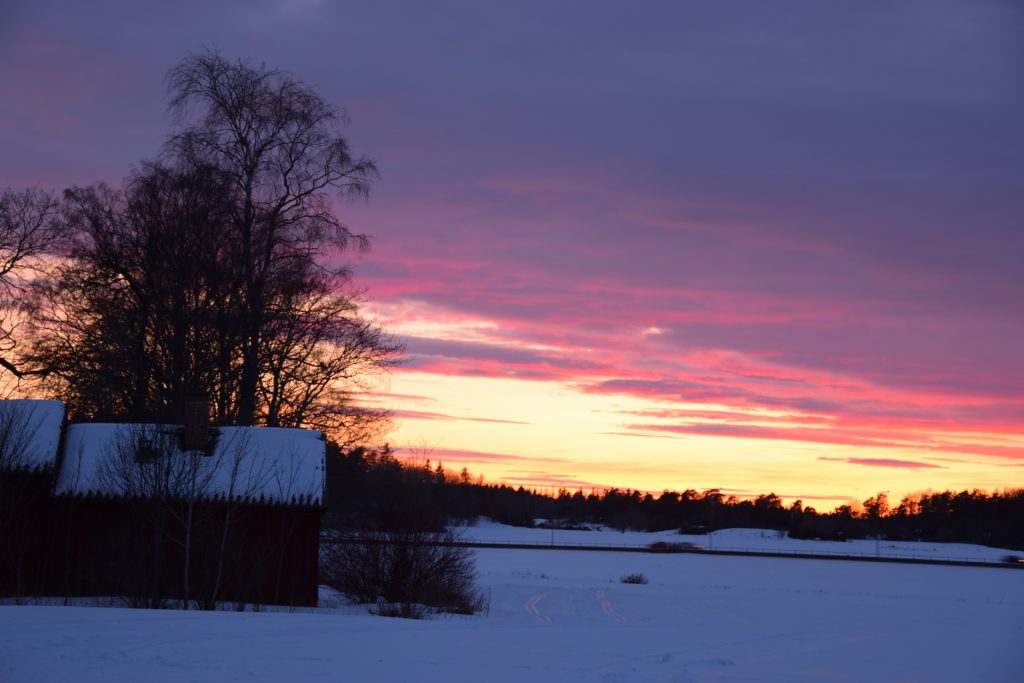
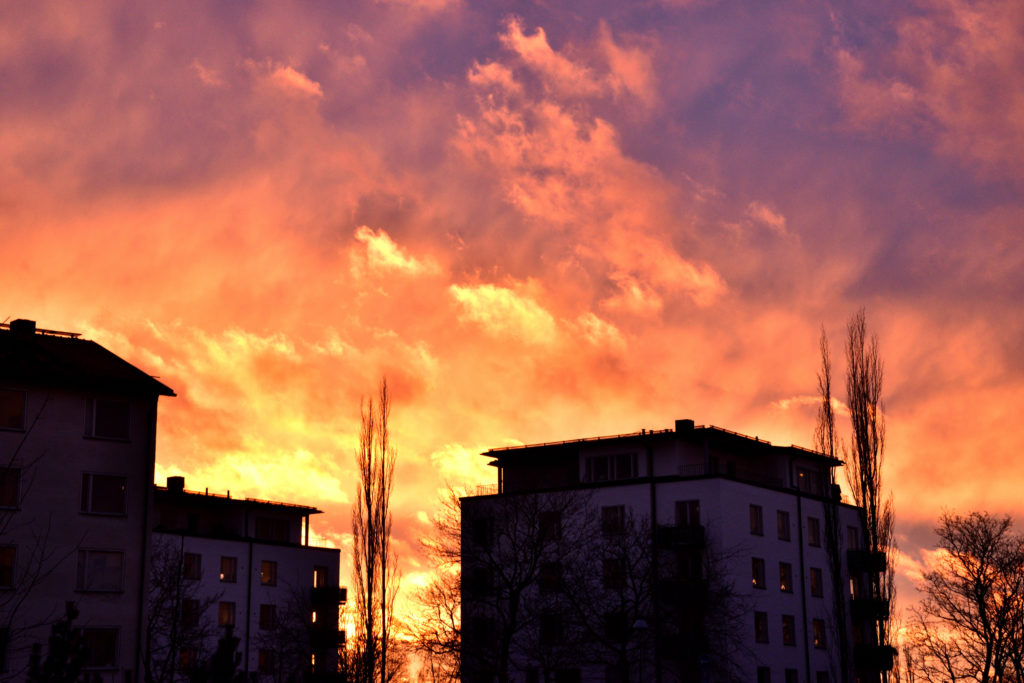
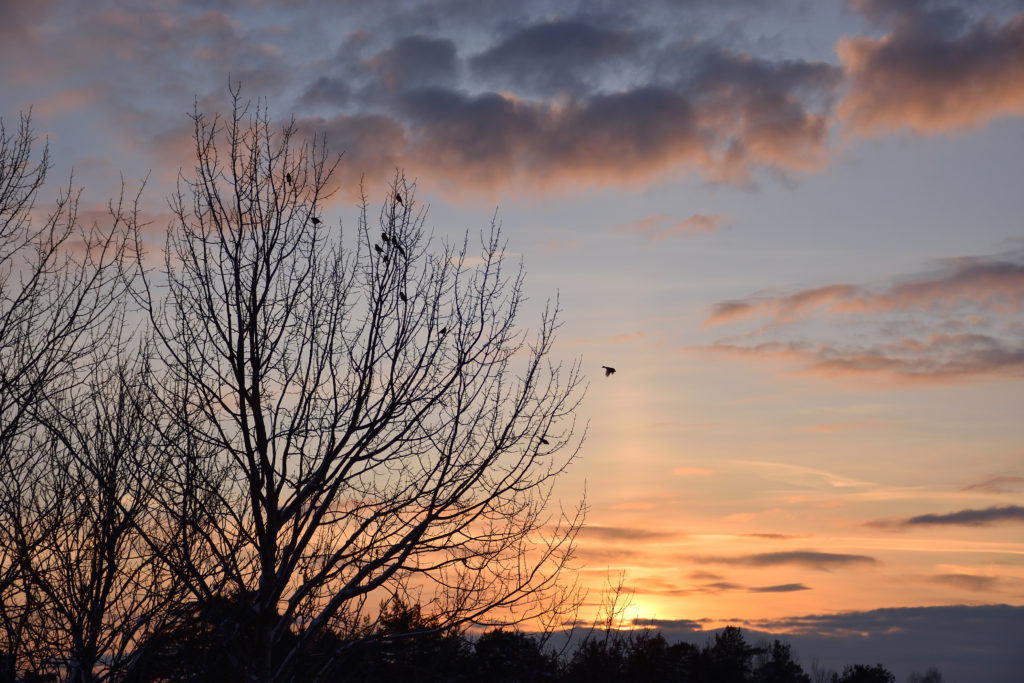
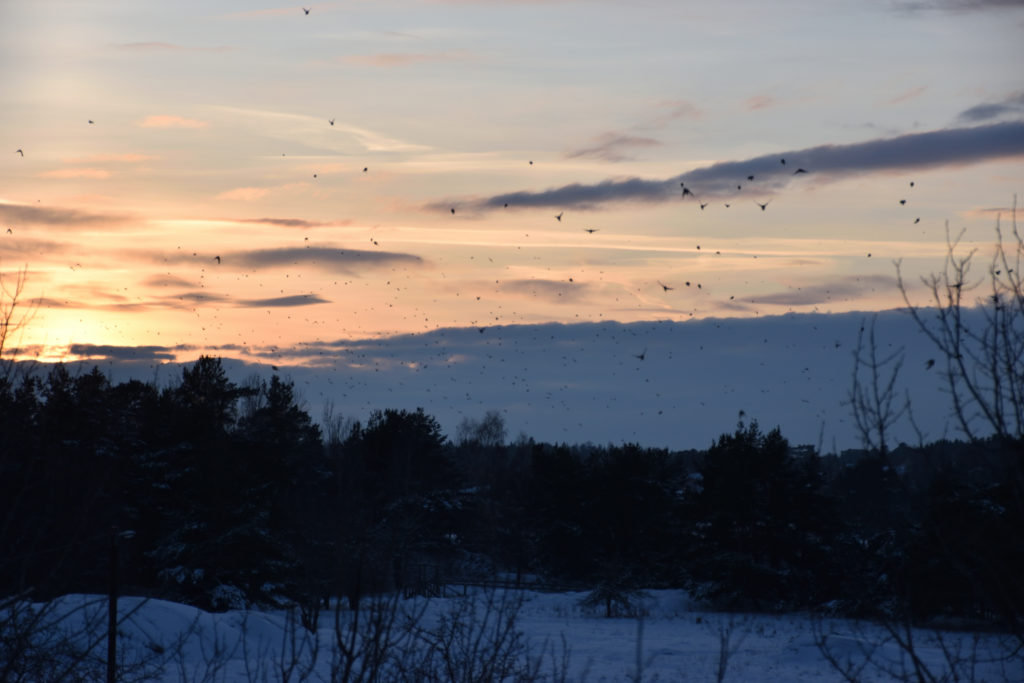
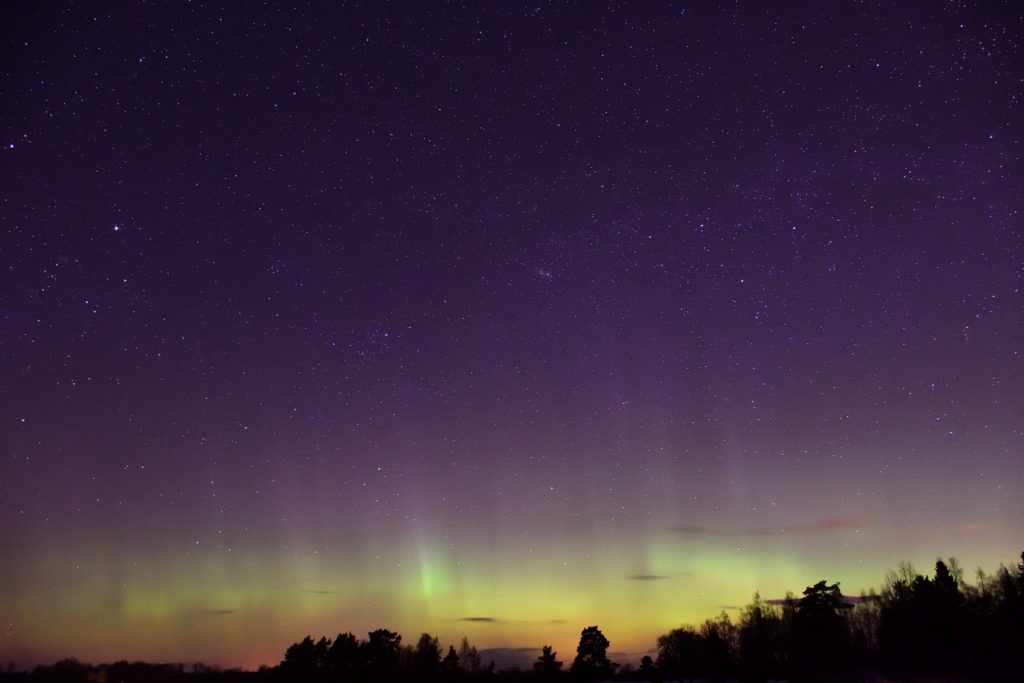
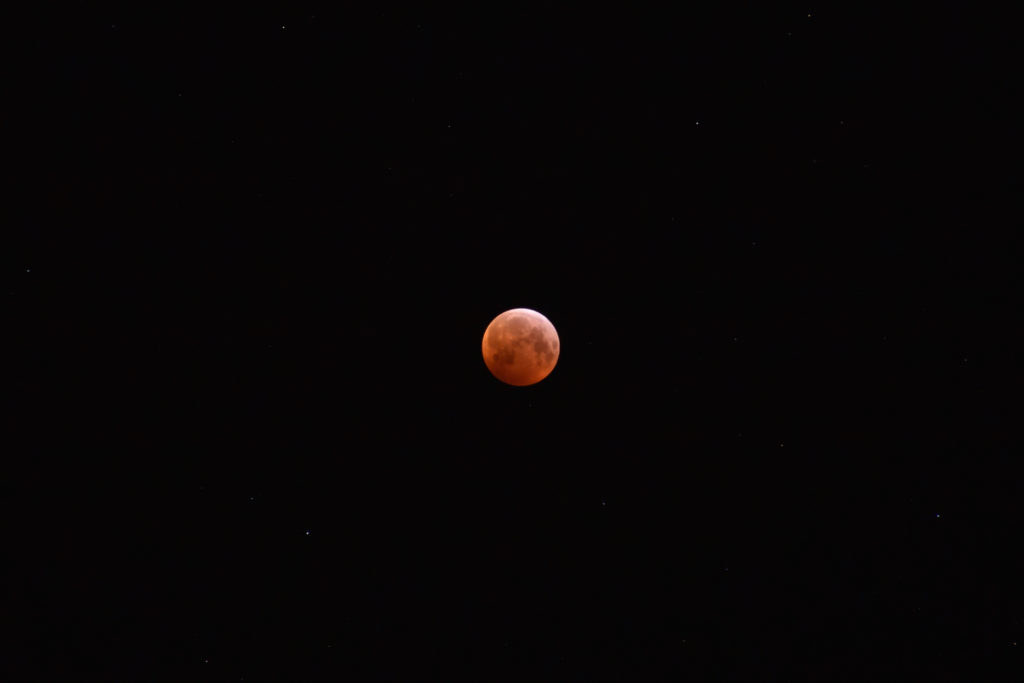
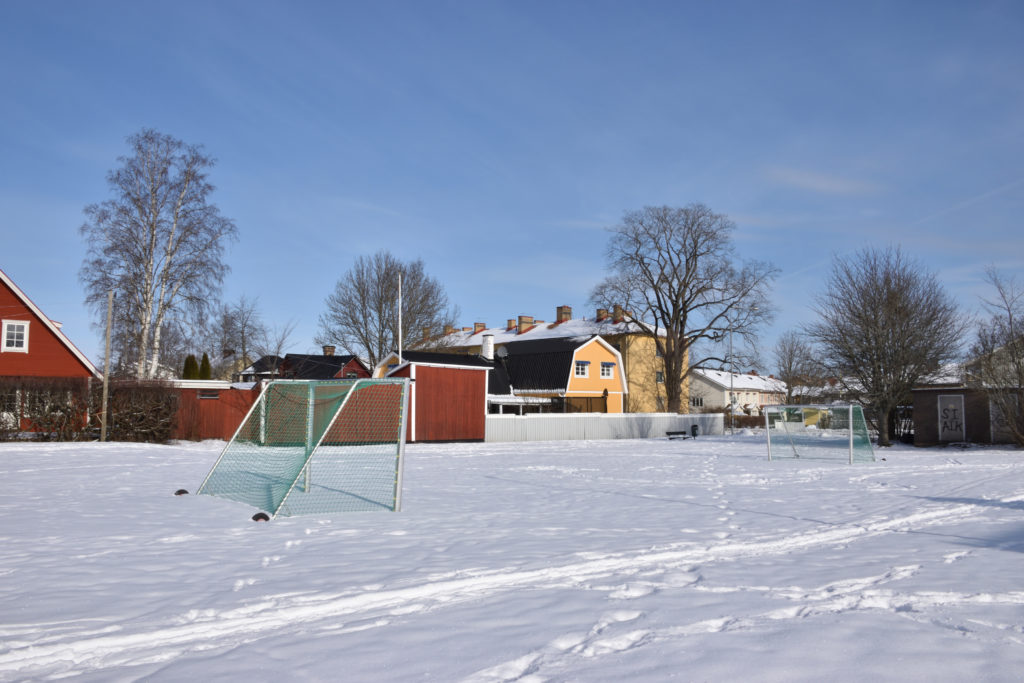
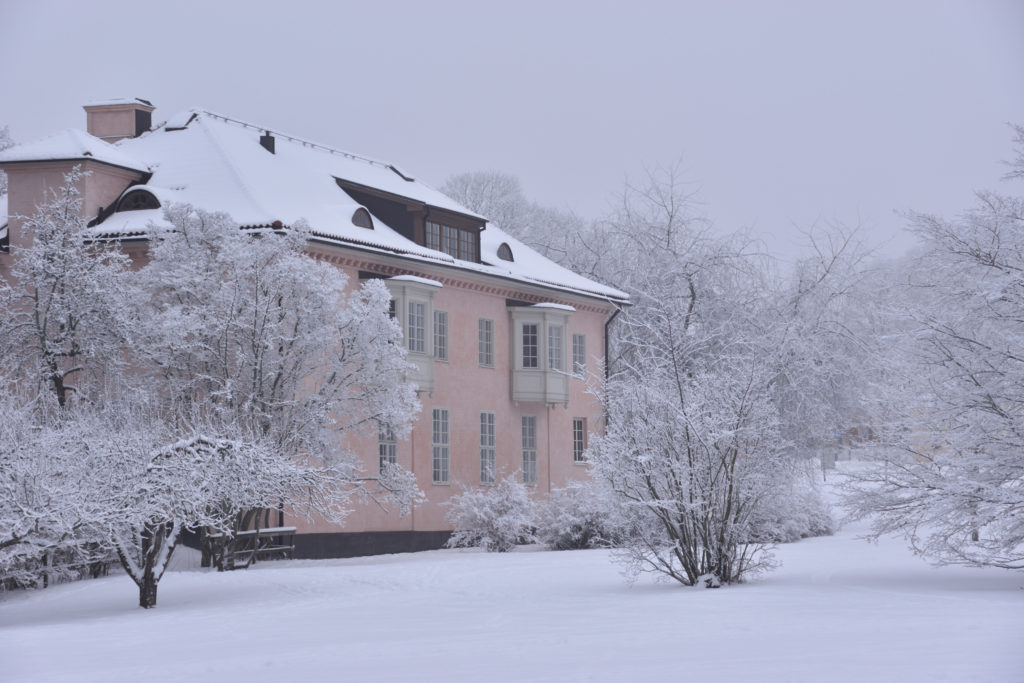
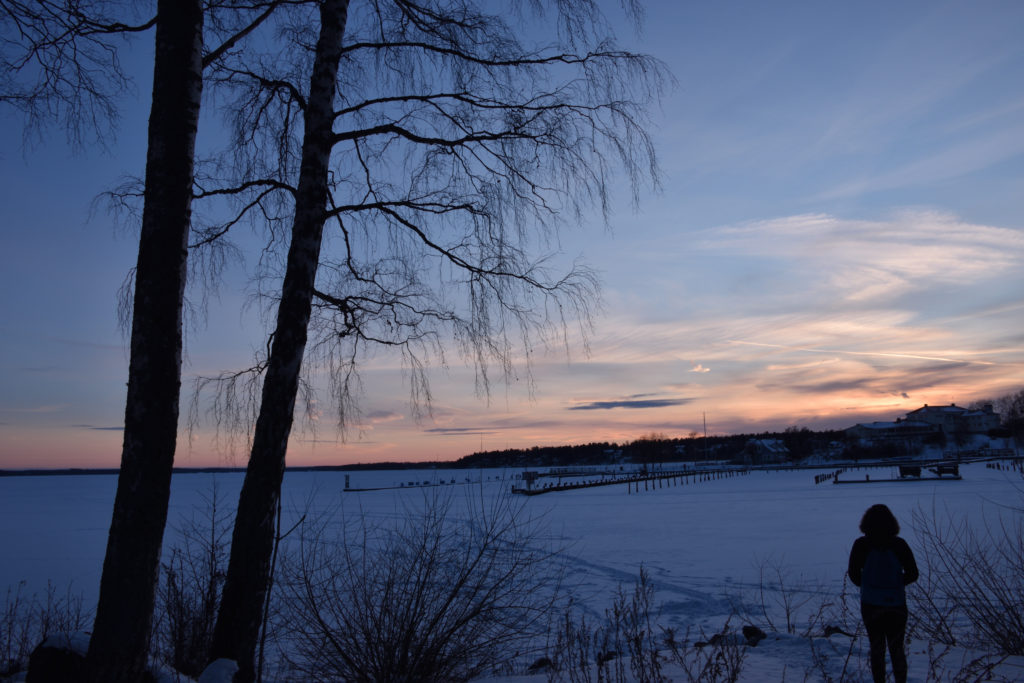
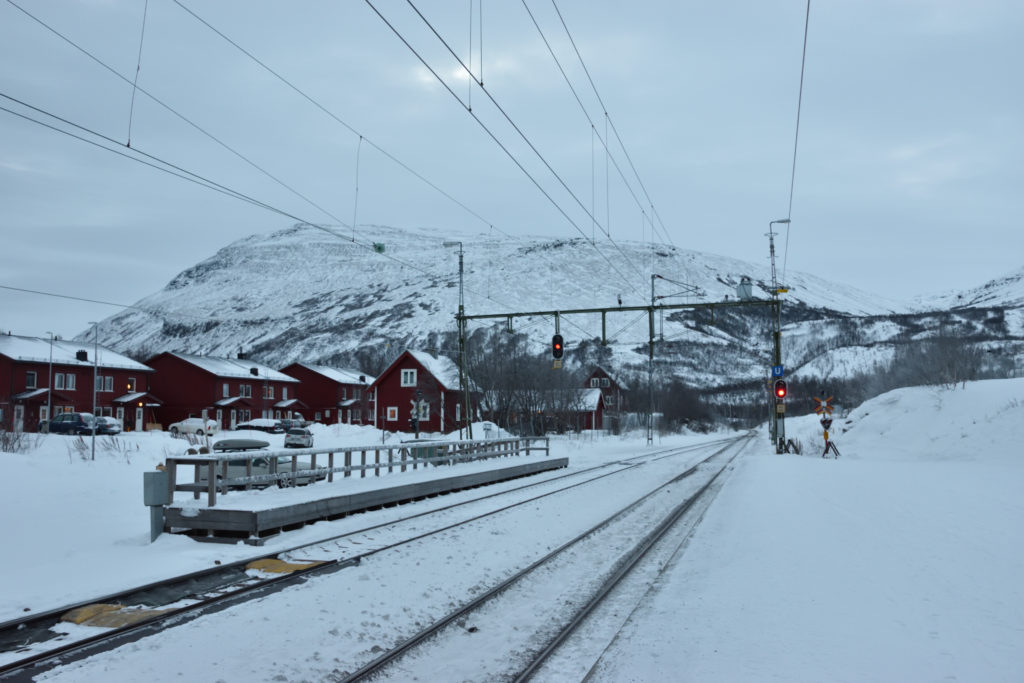
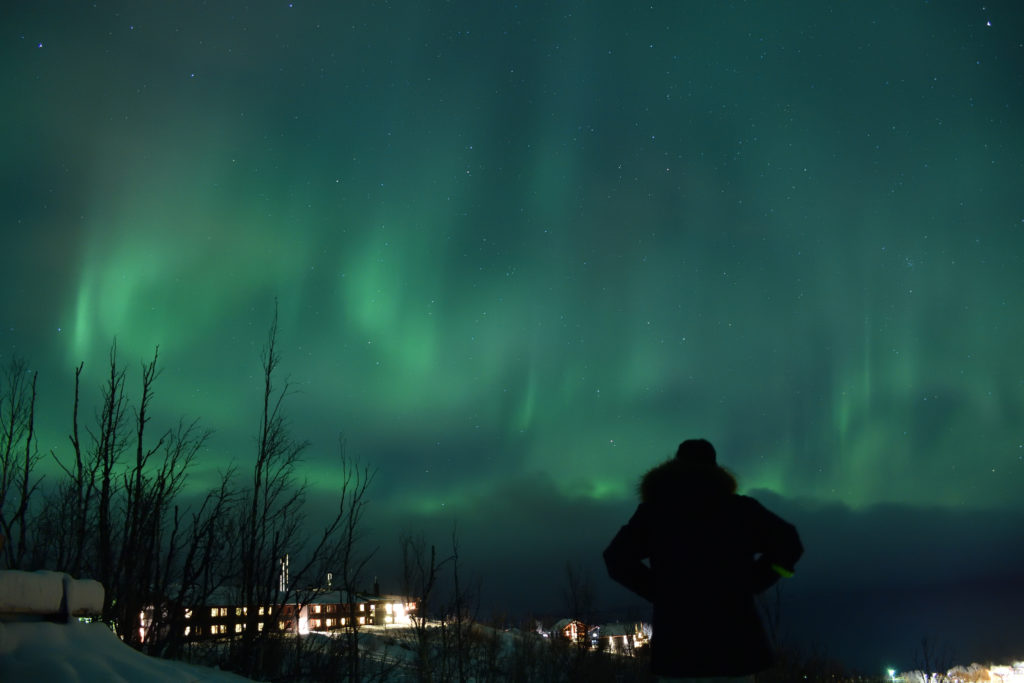
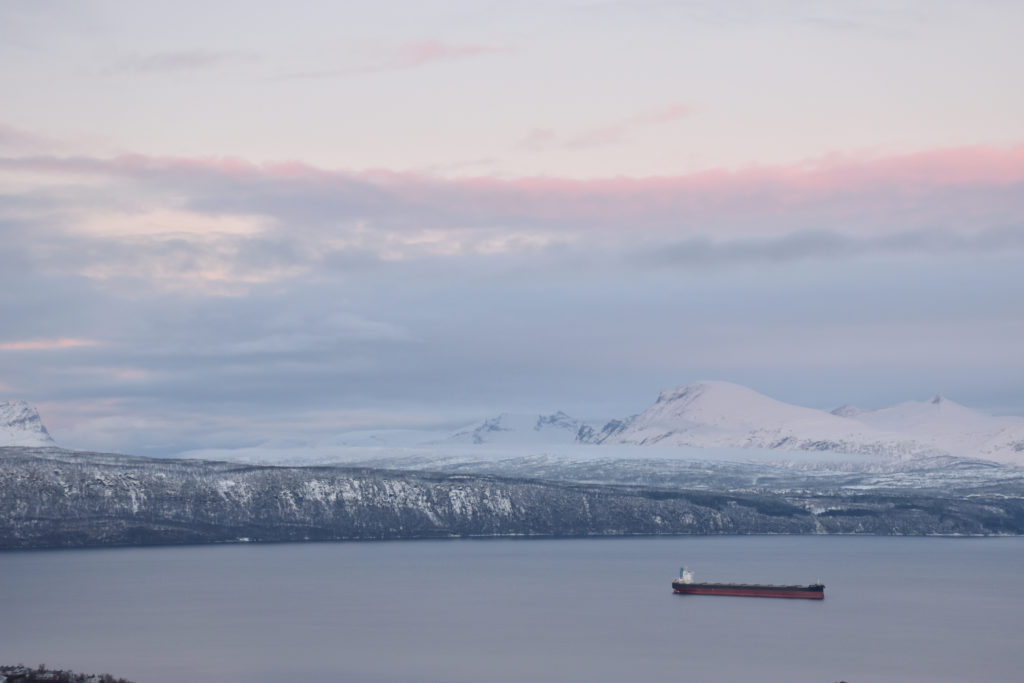
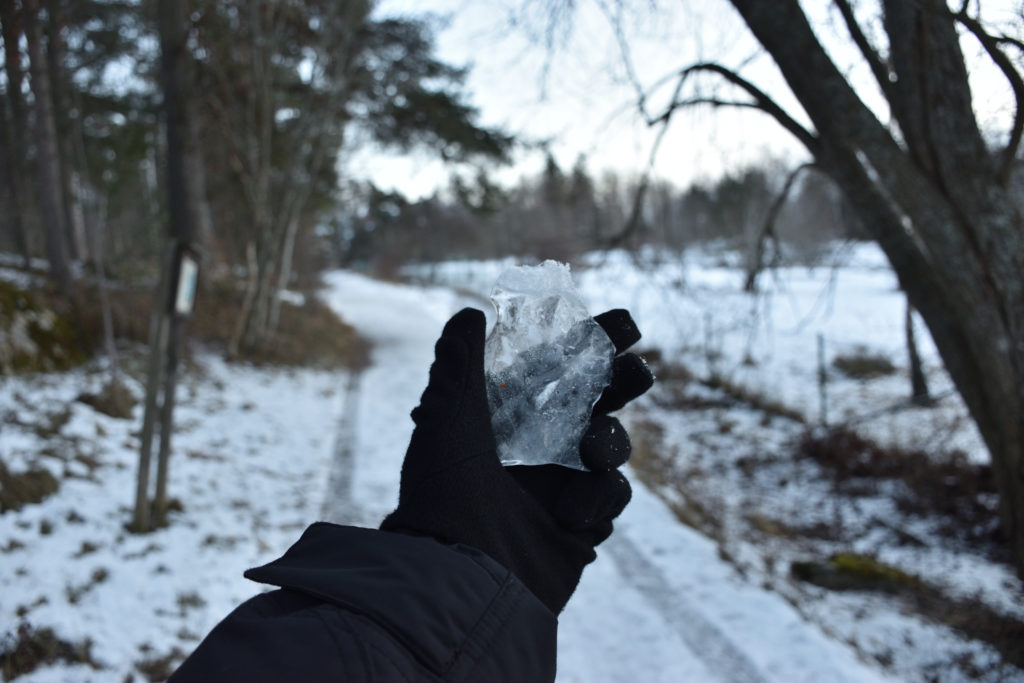
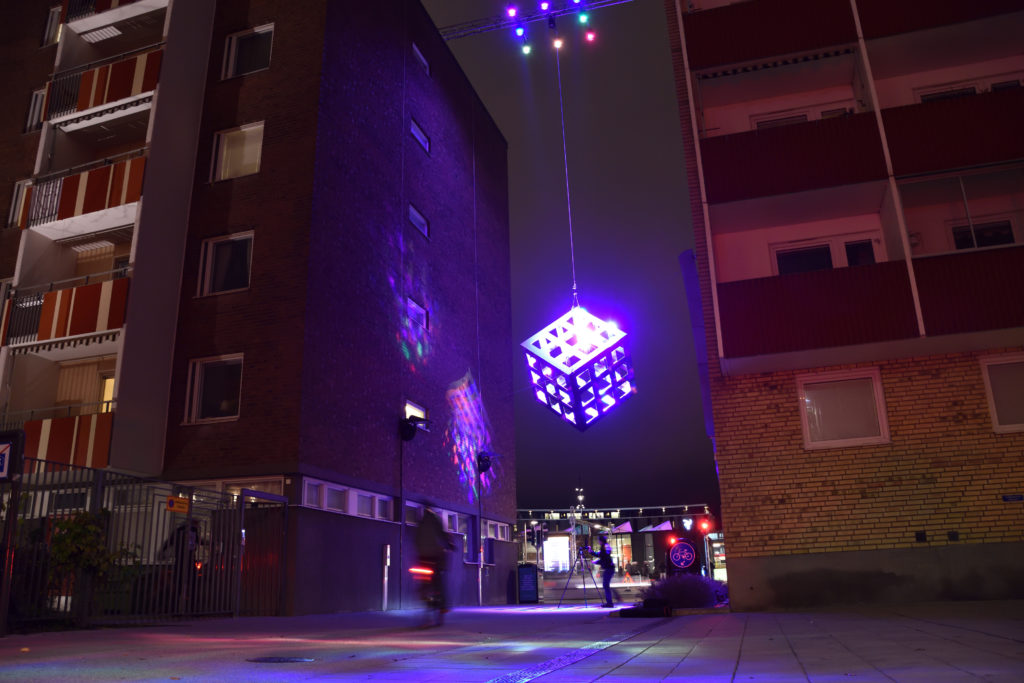
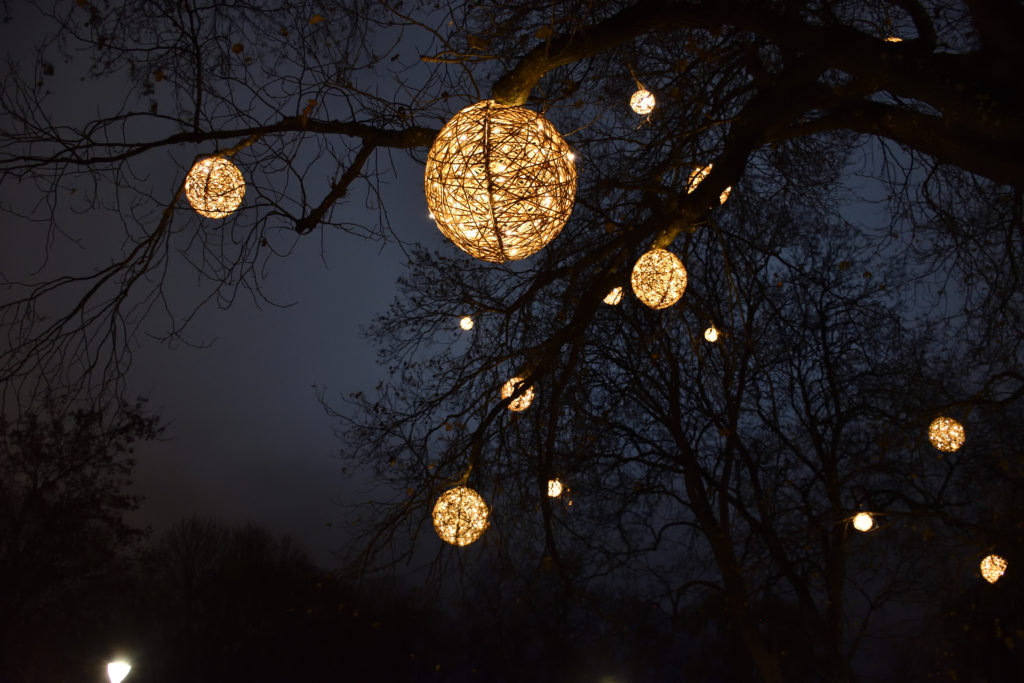
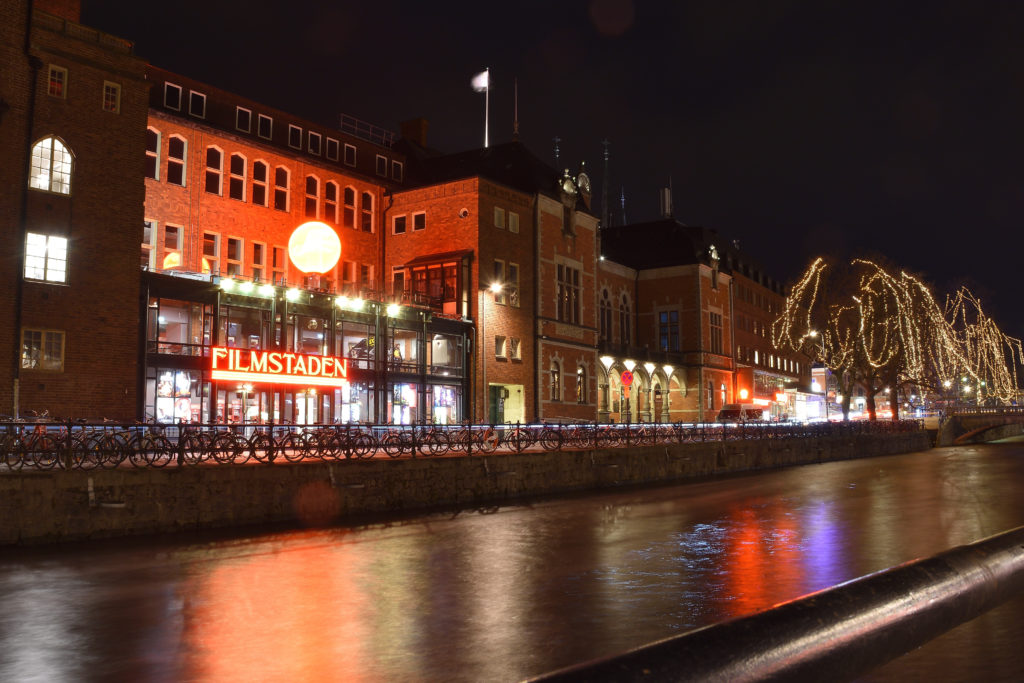
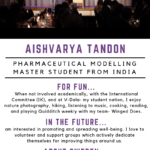
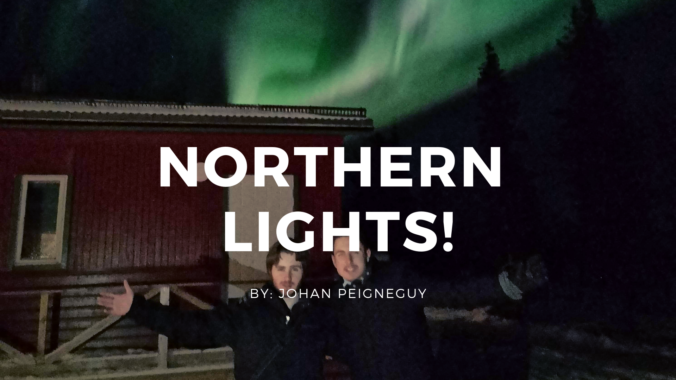
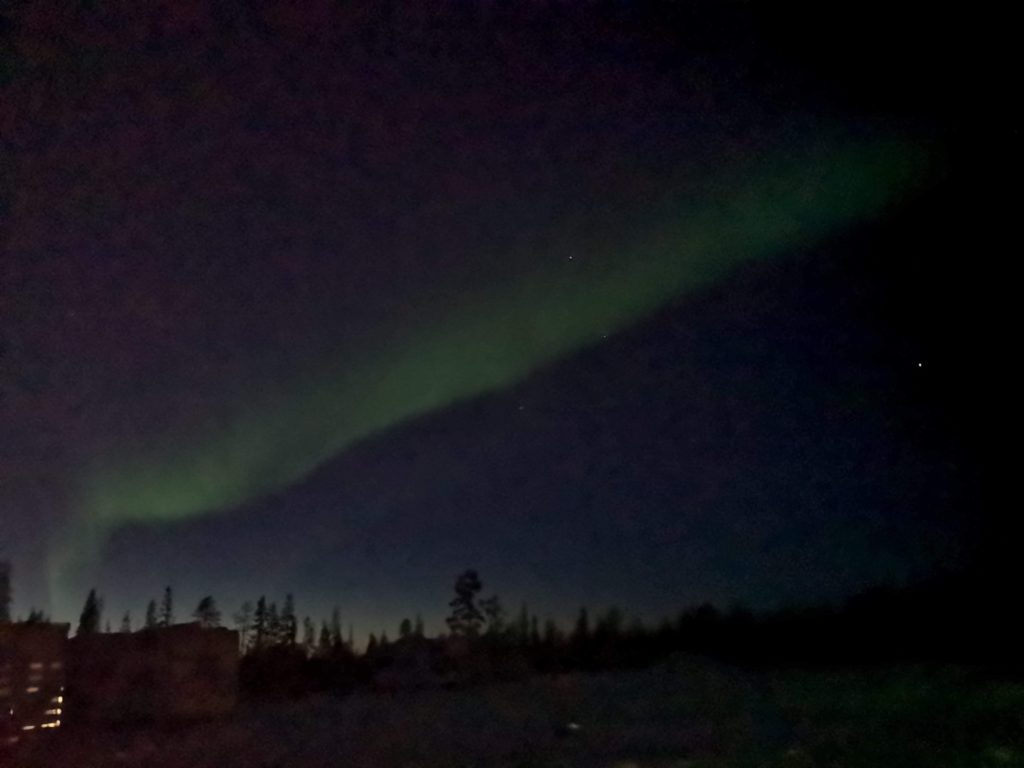

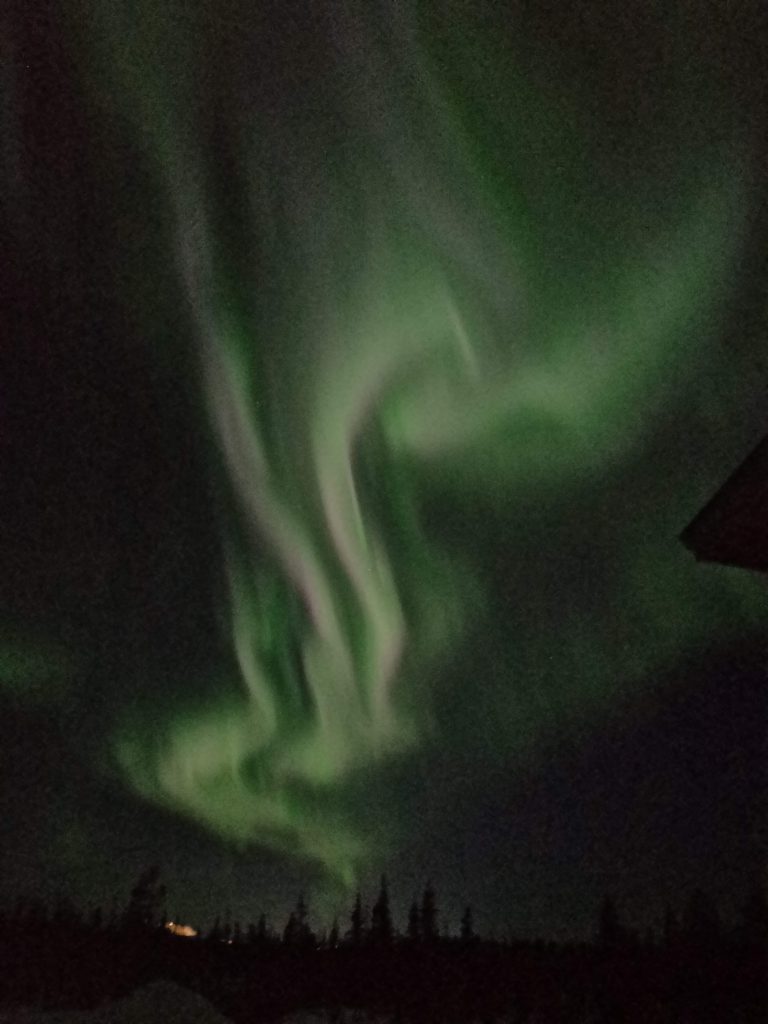

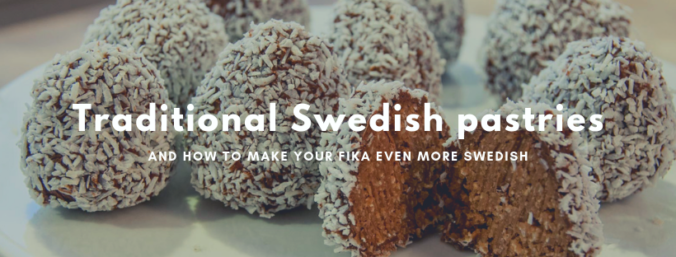
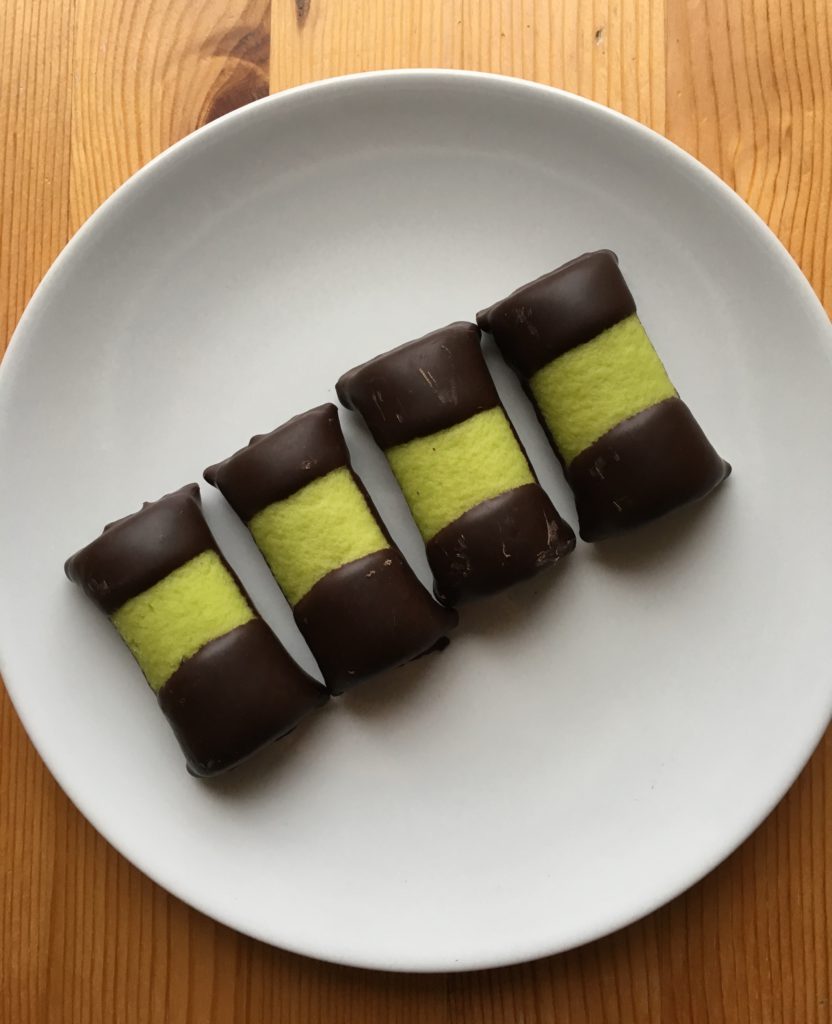
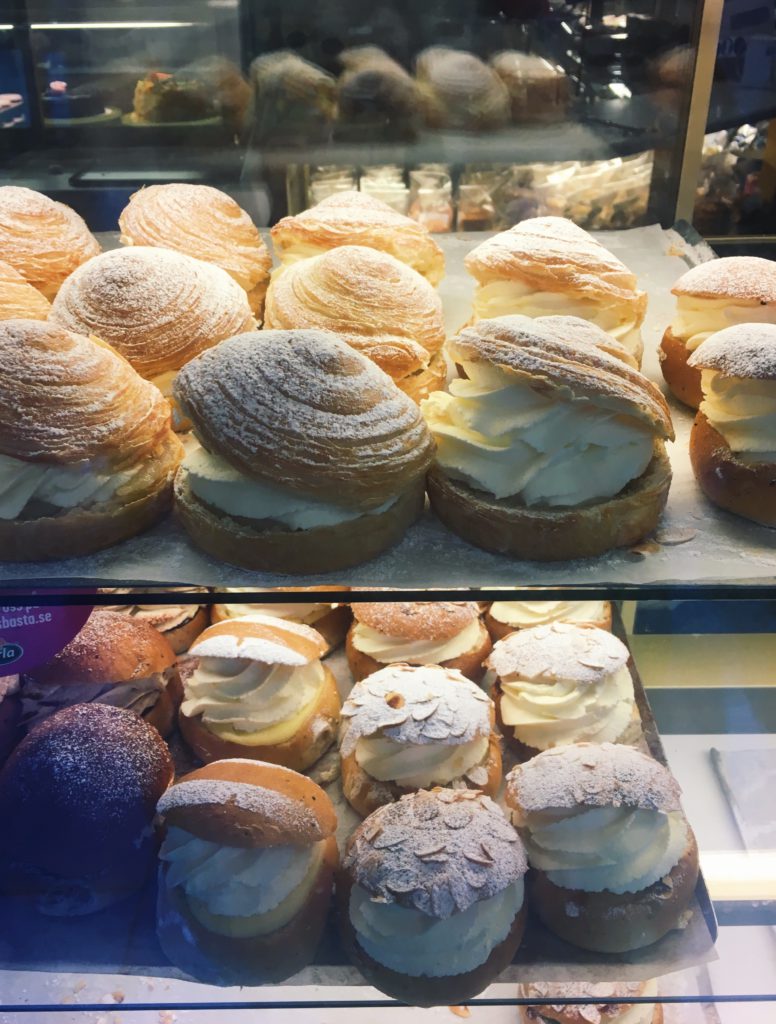
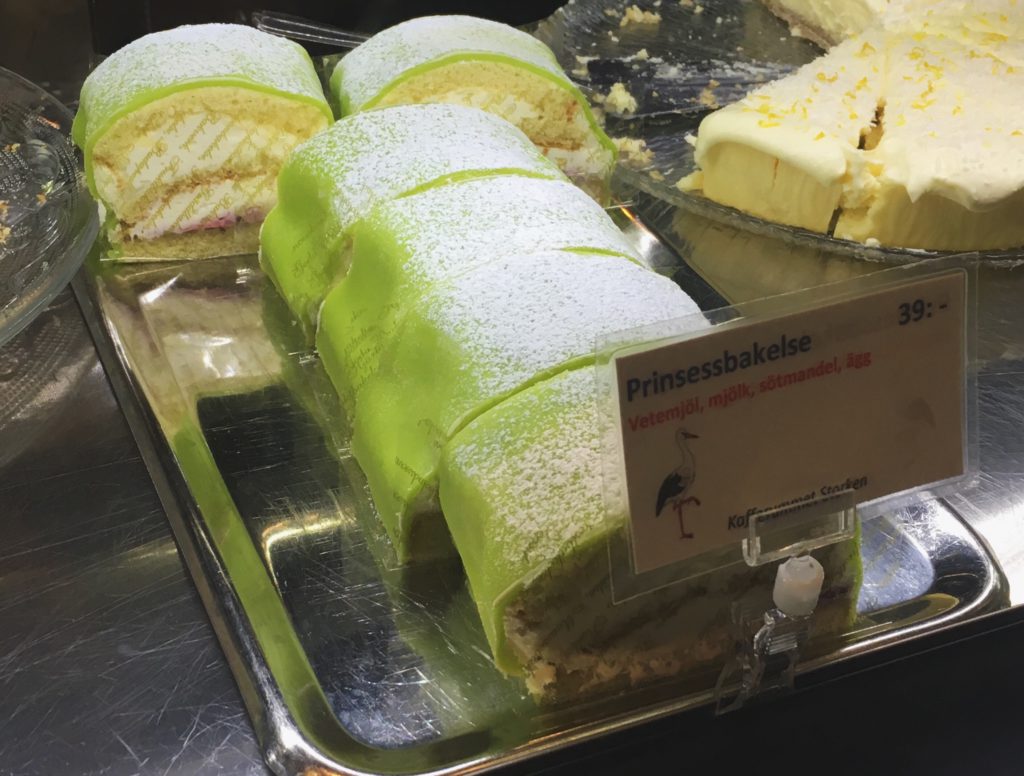
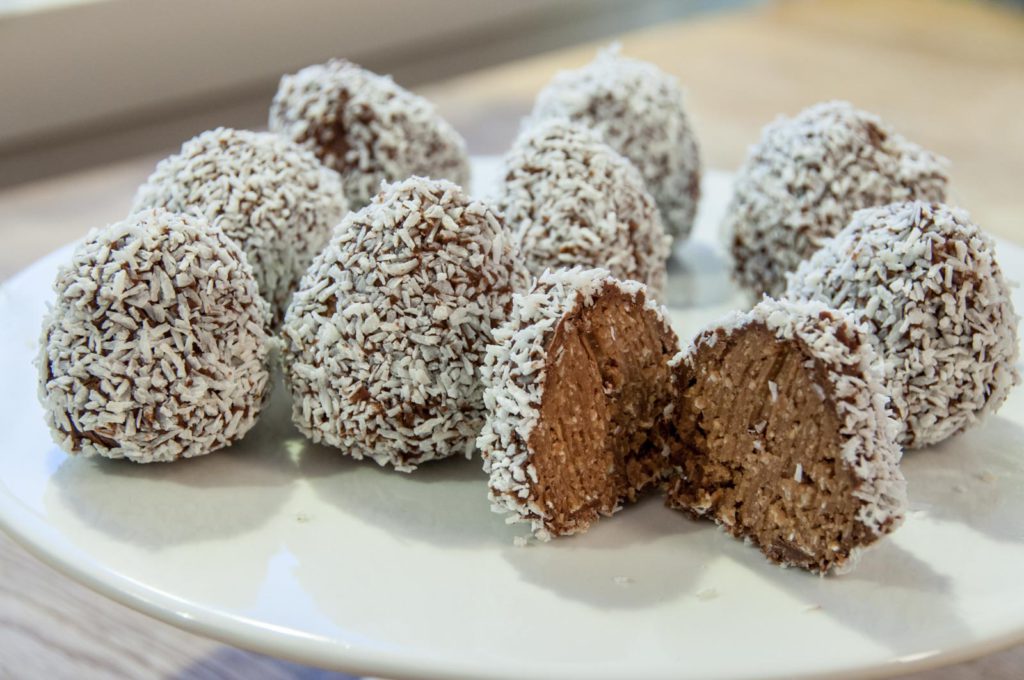
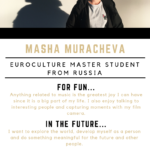
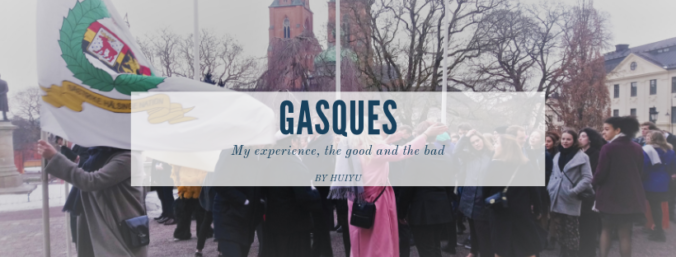
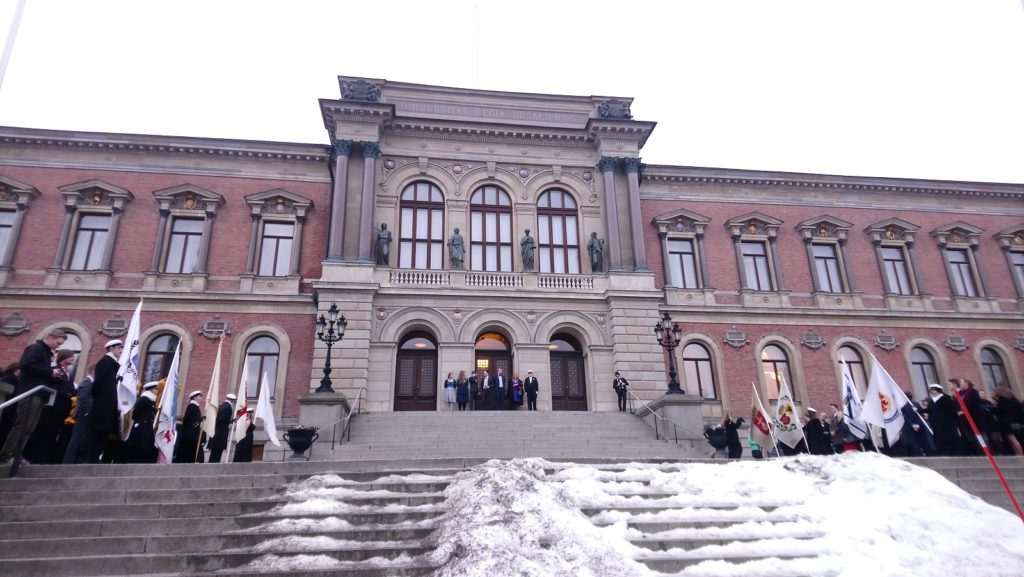
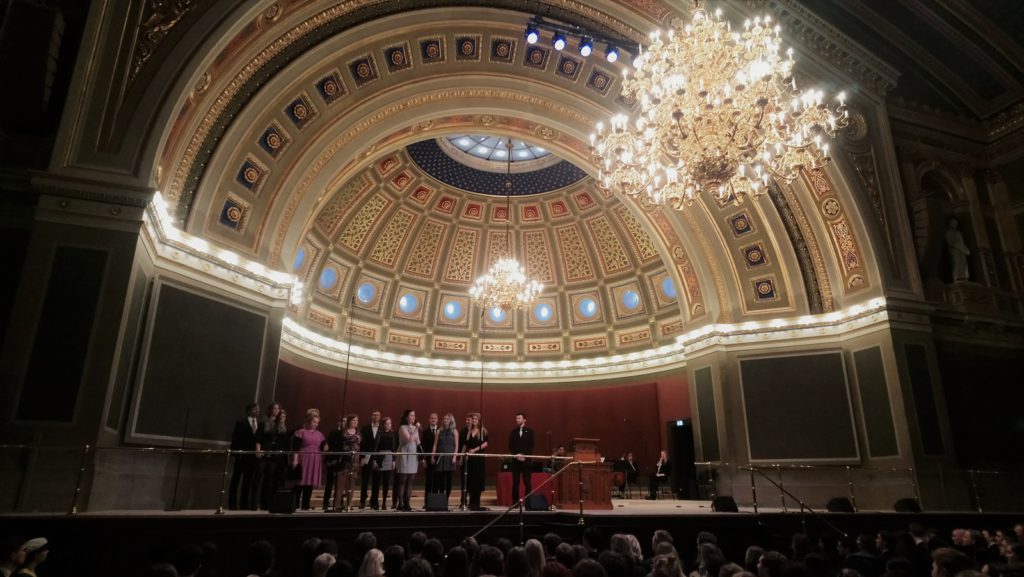
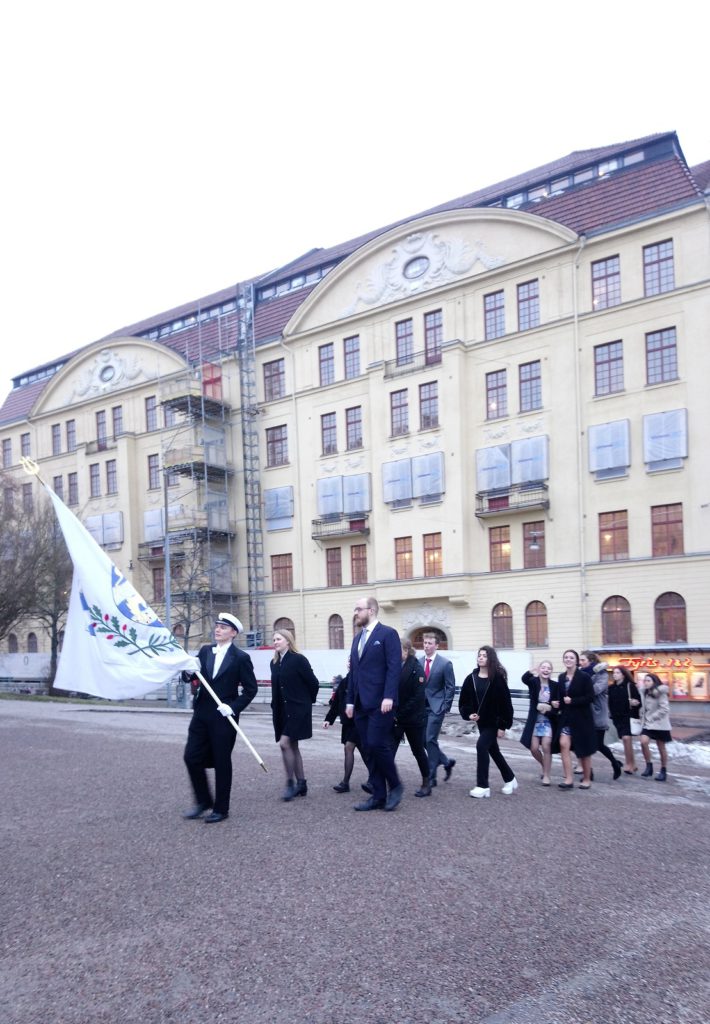
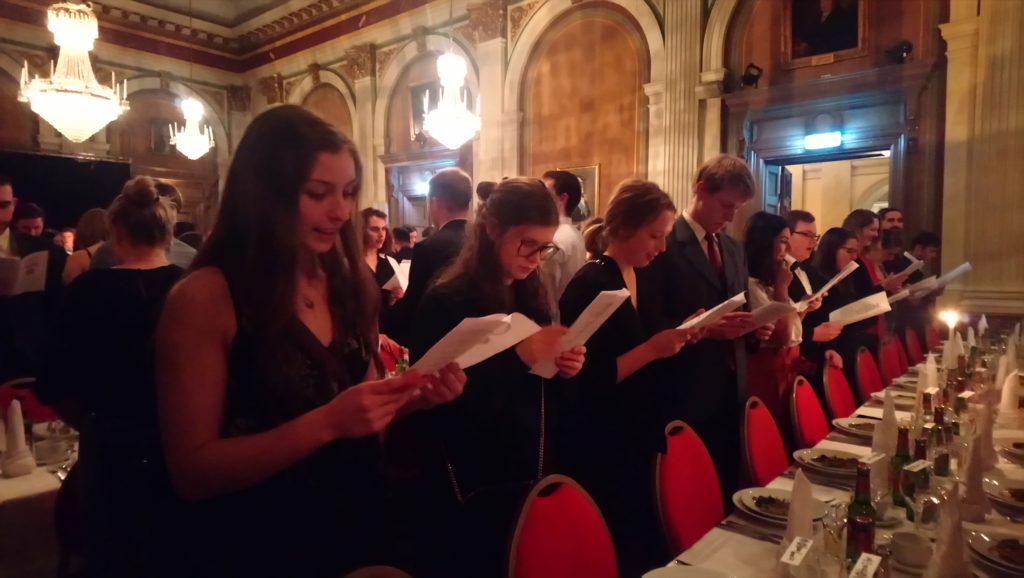
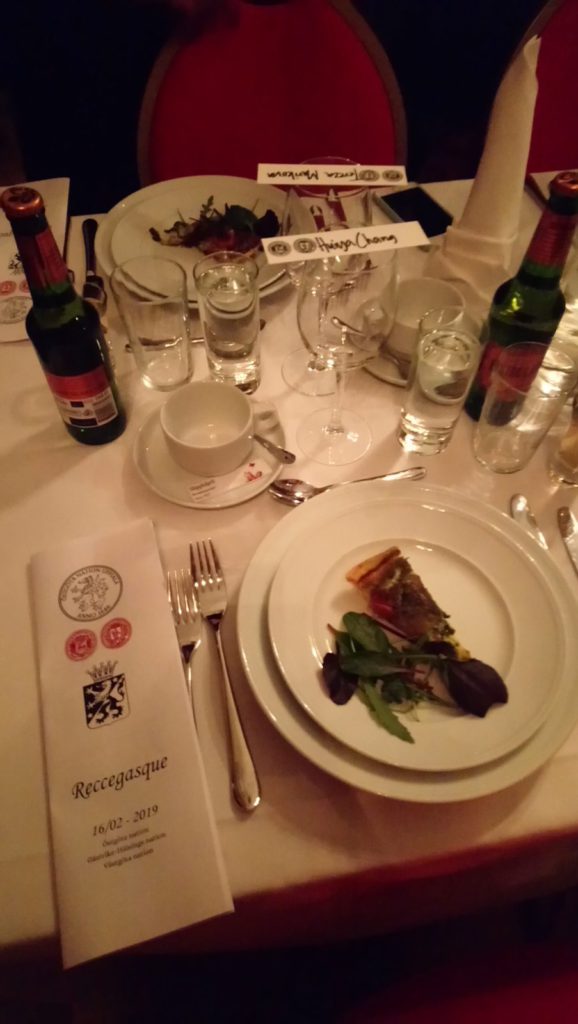

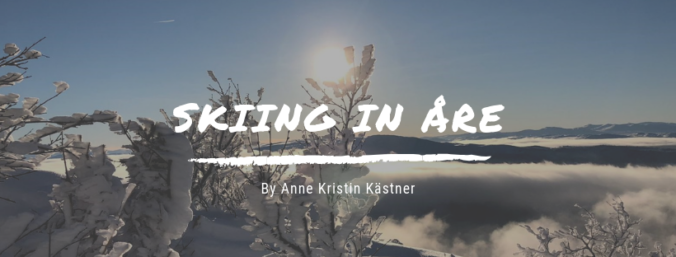
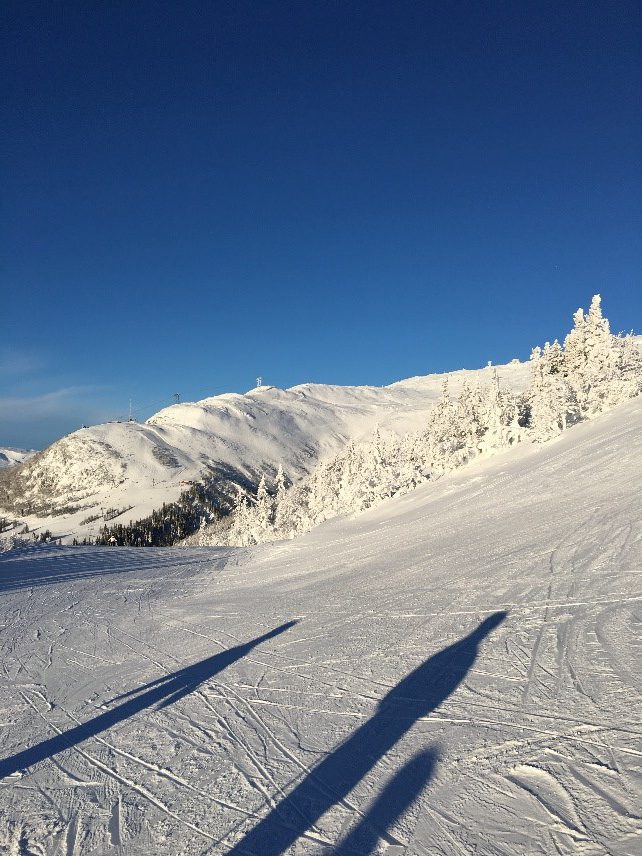


Recent Comments